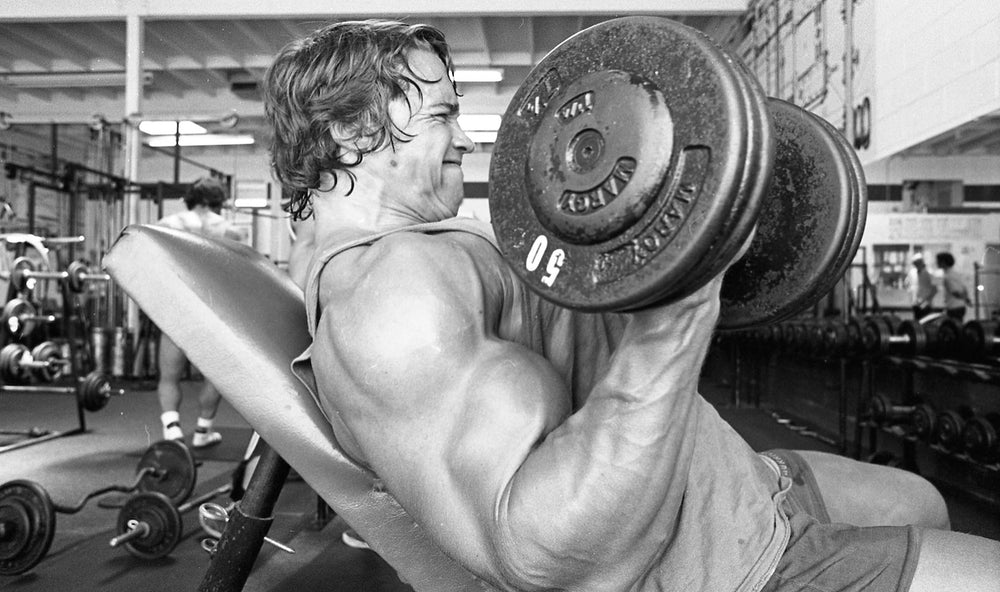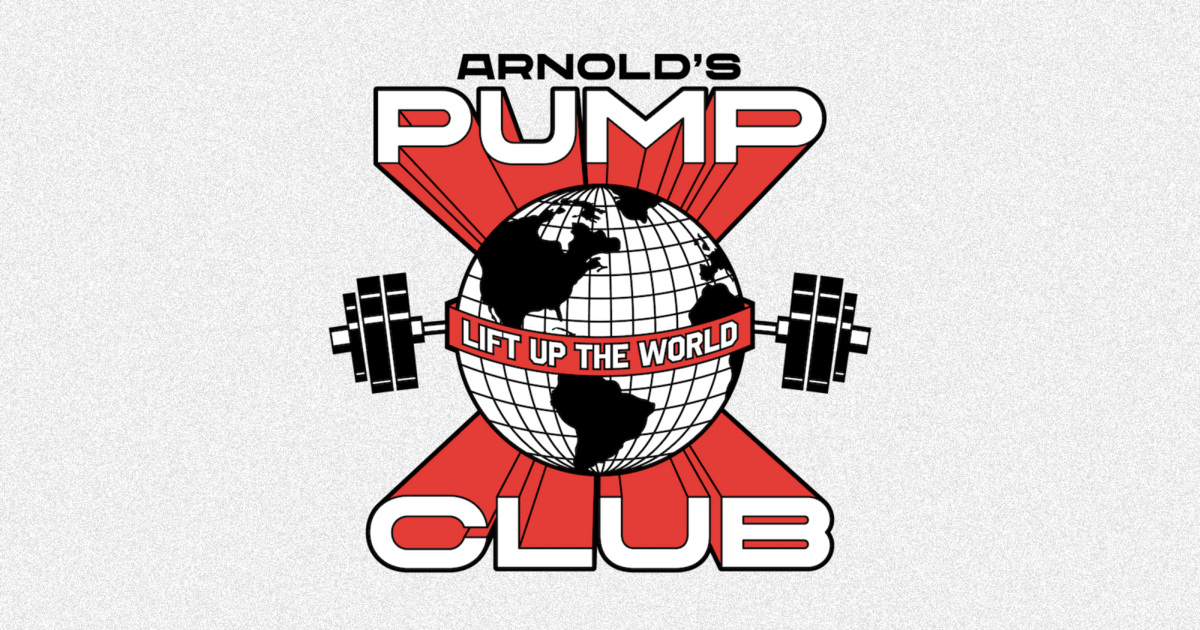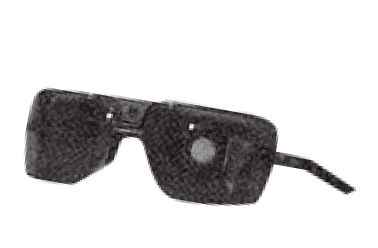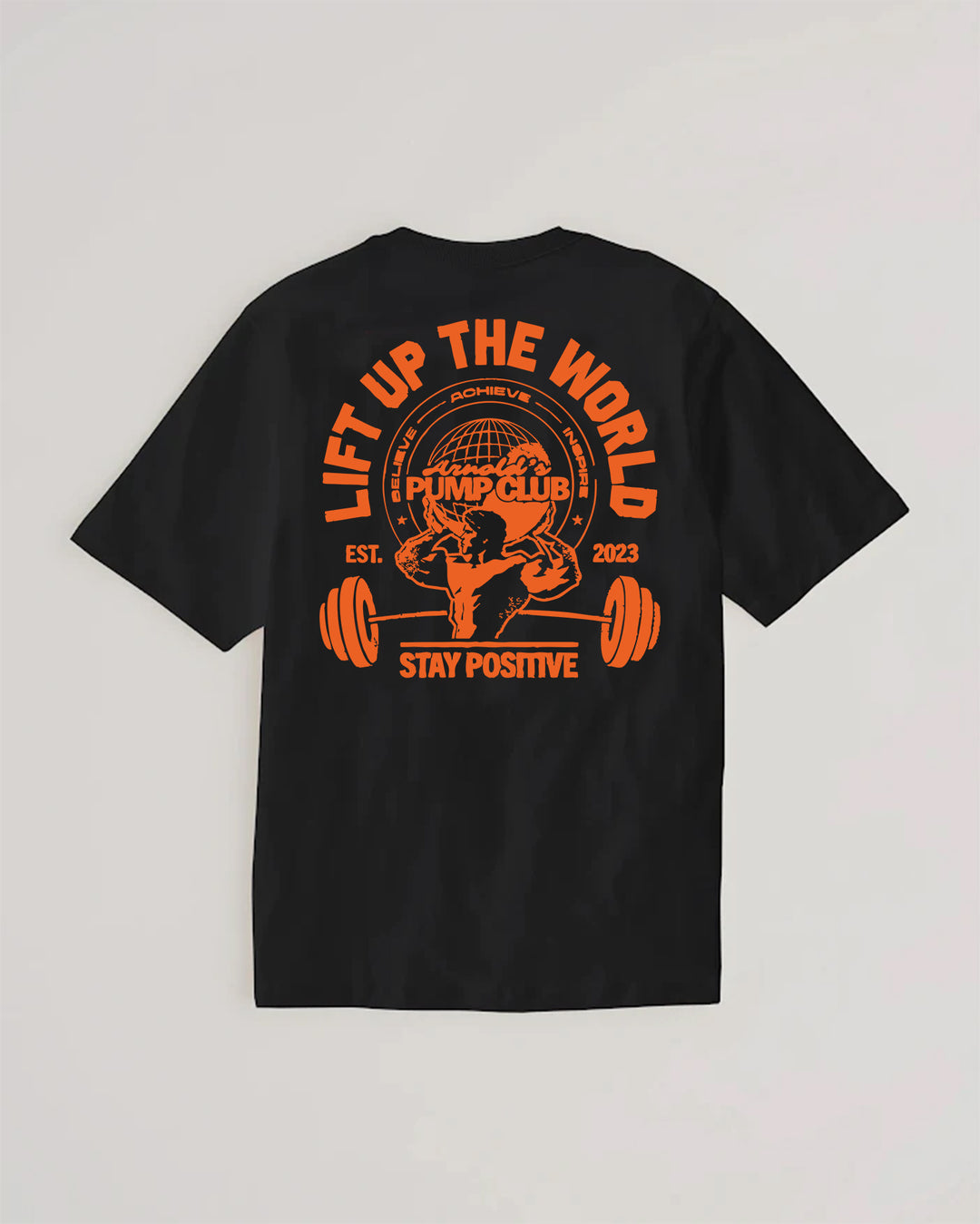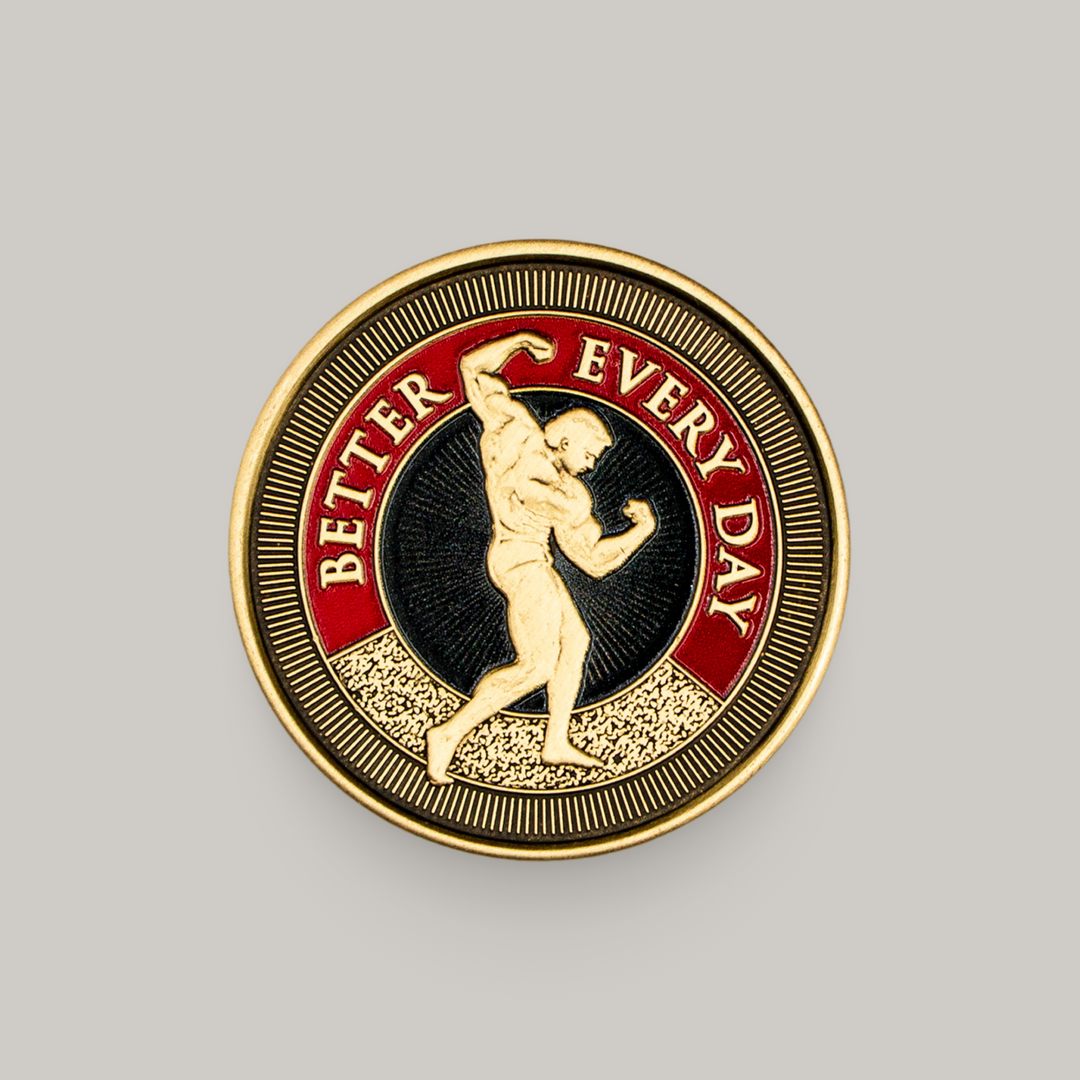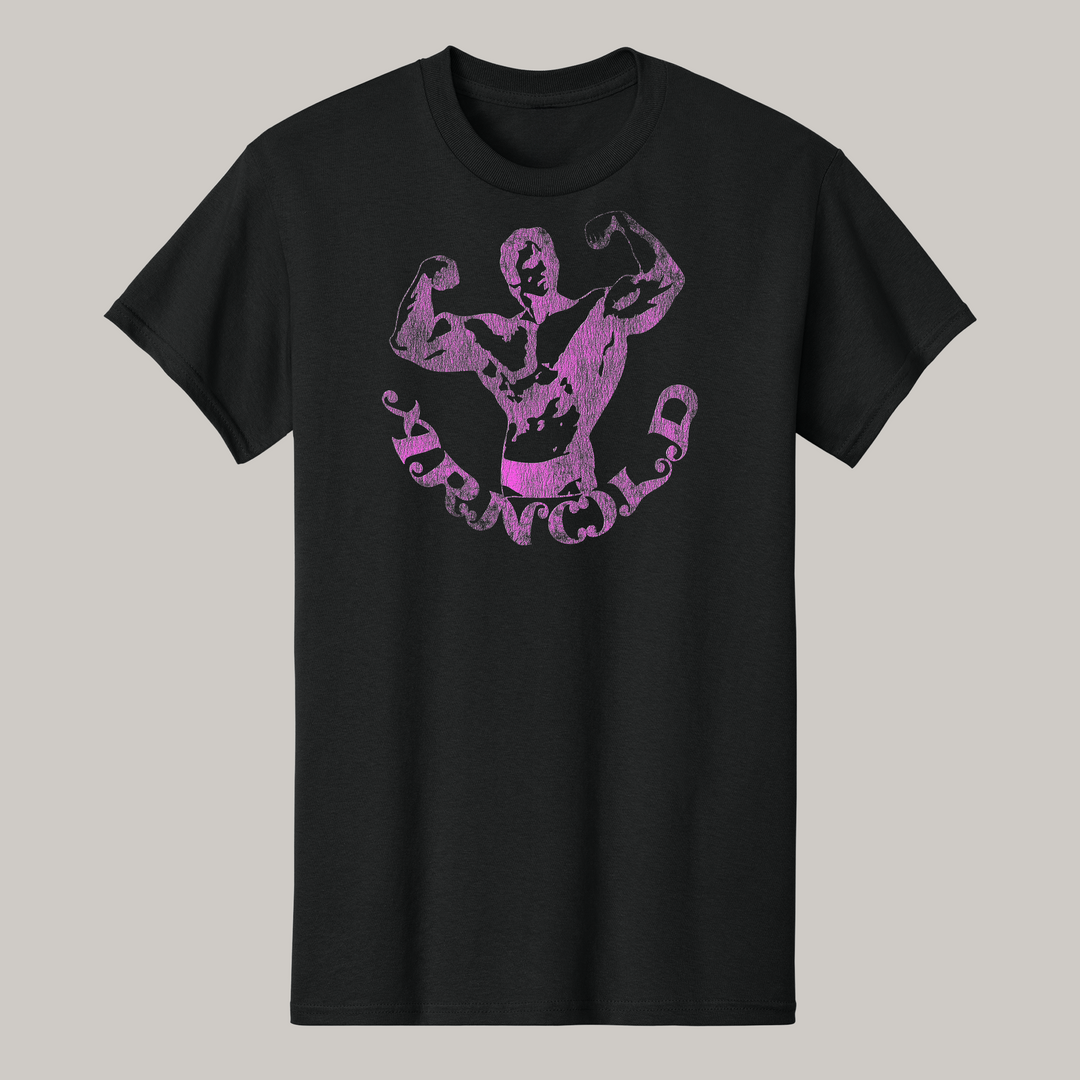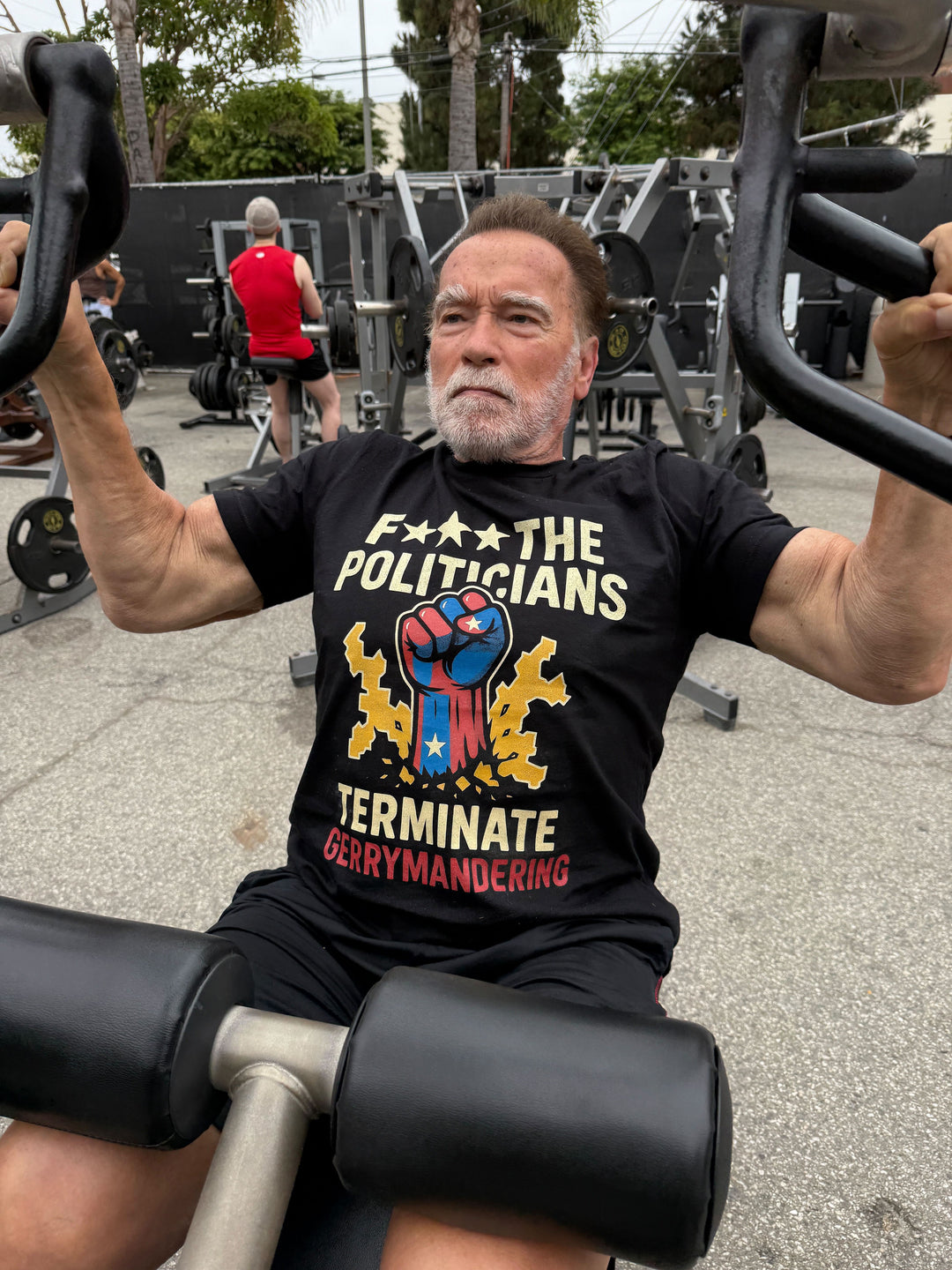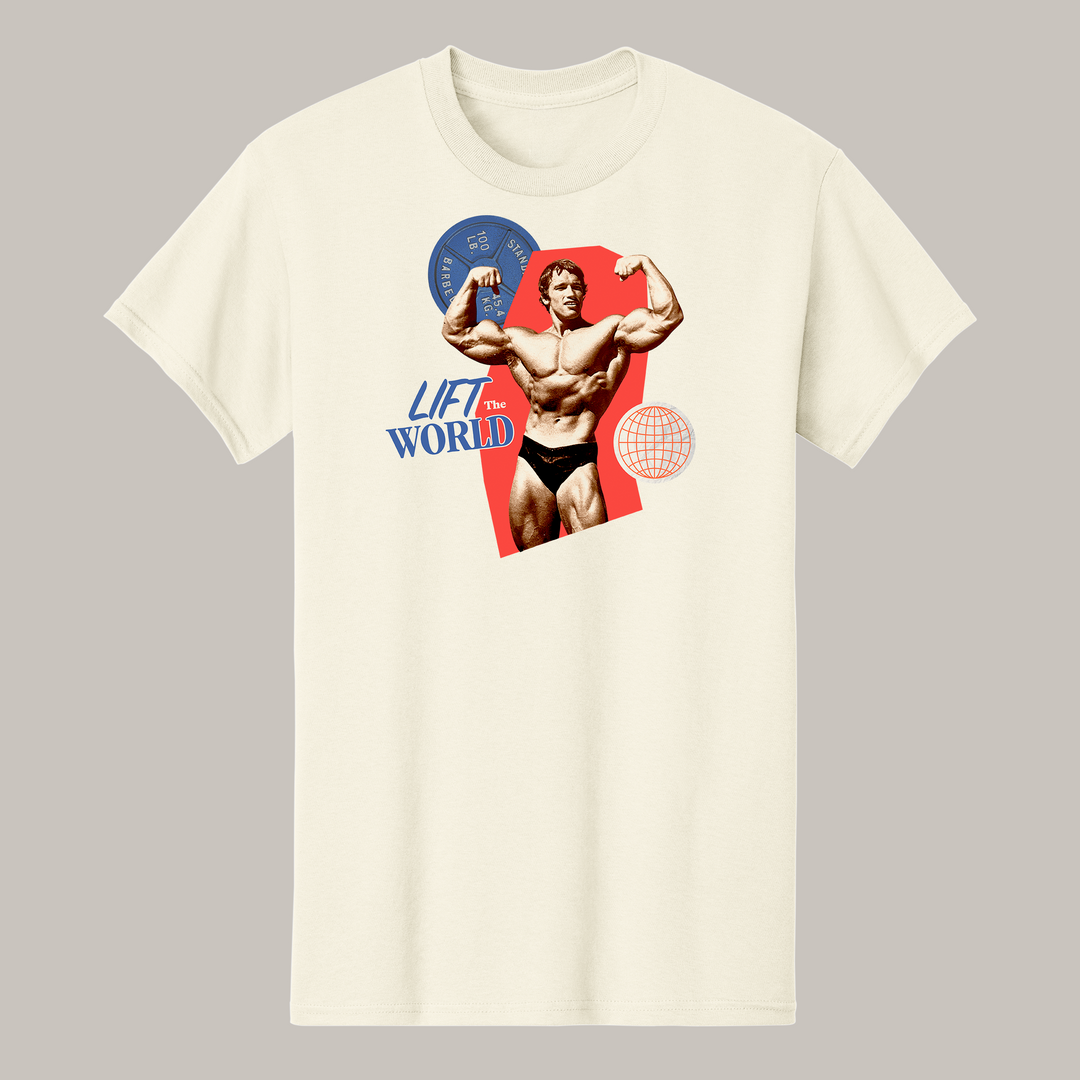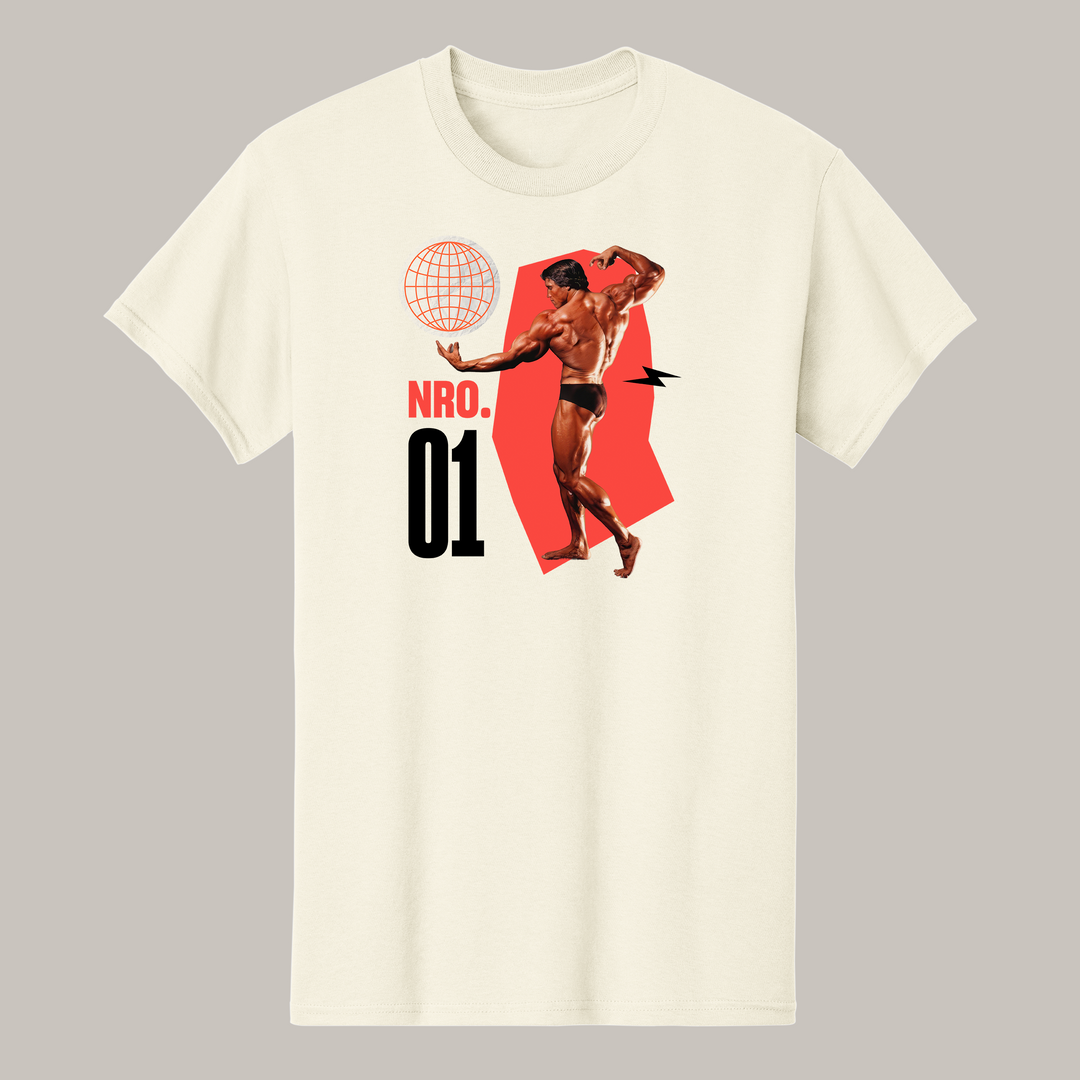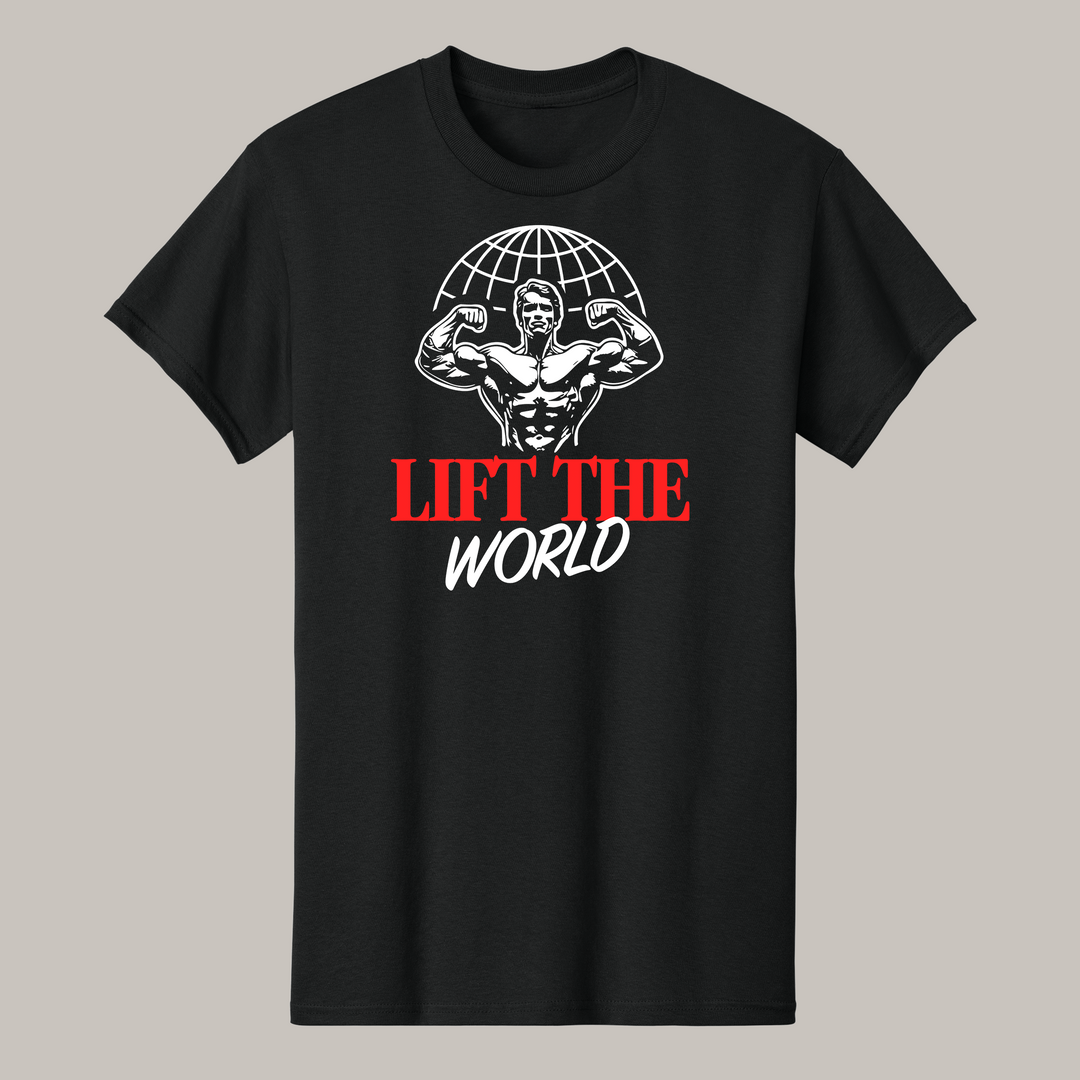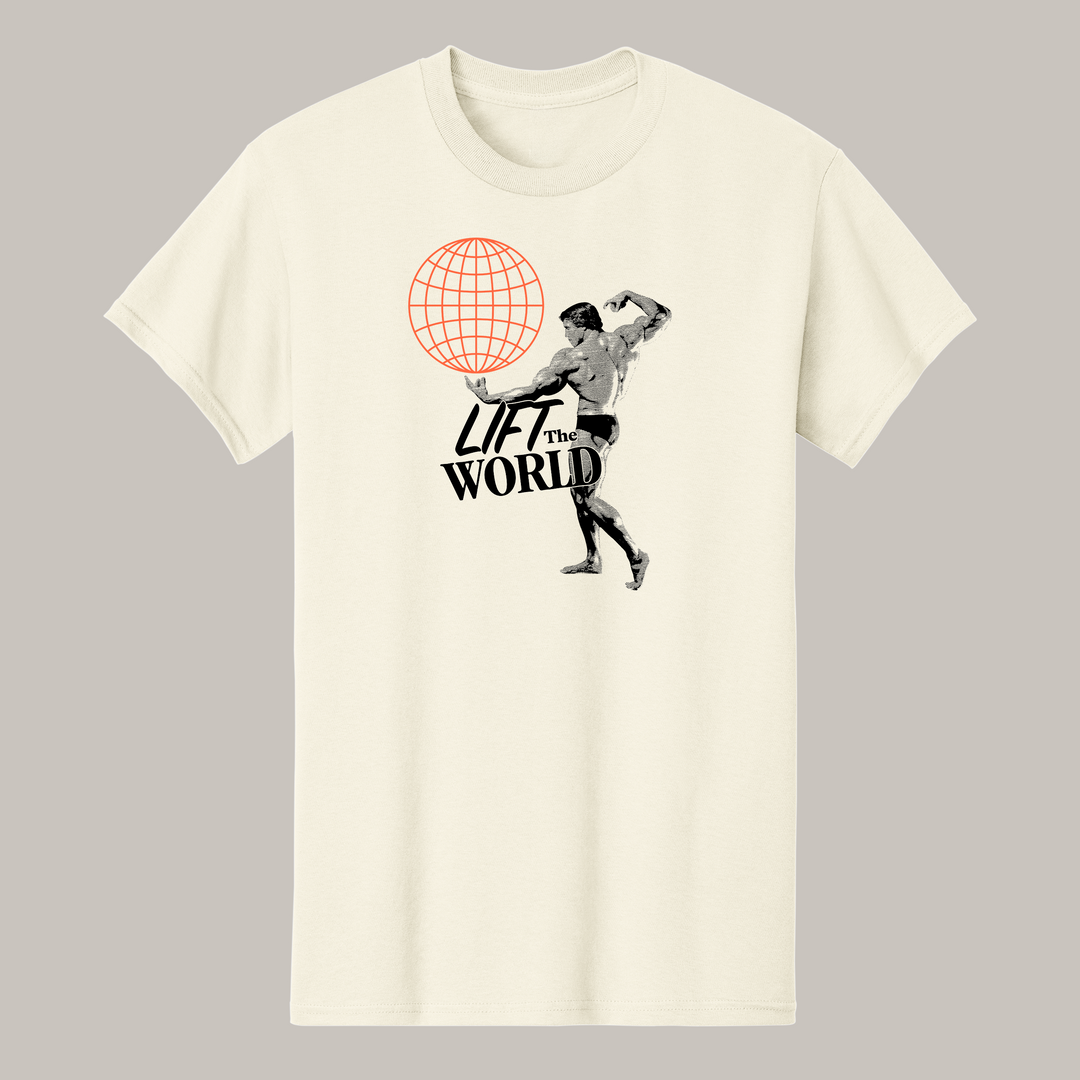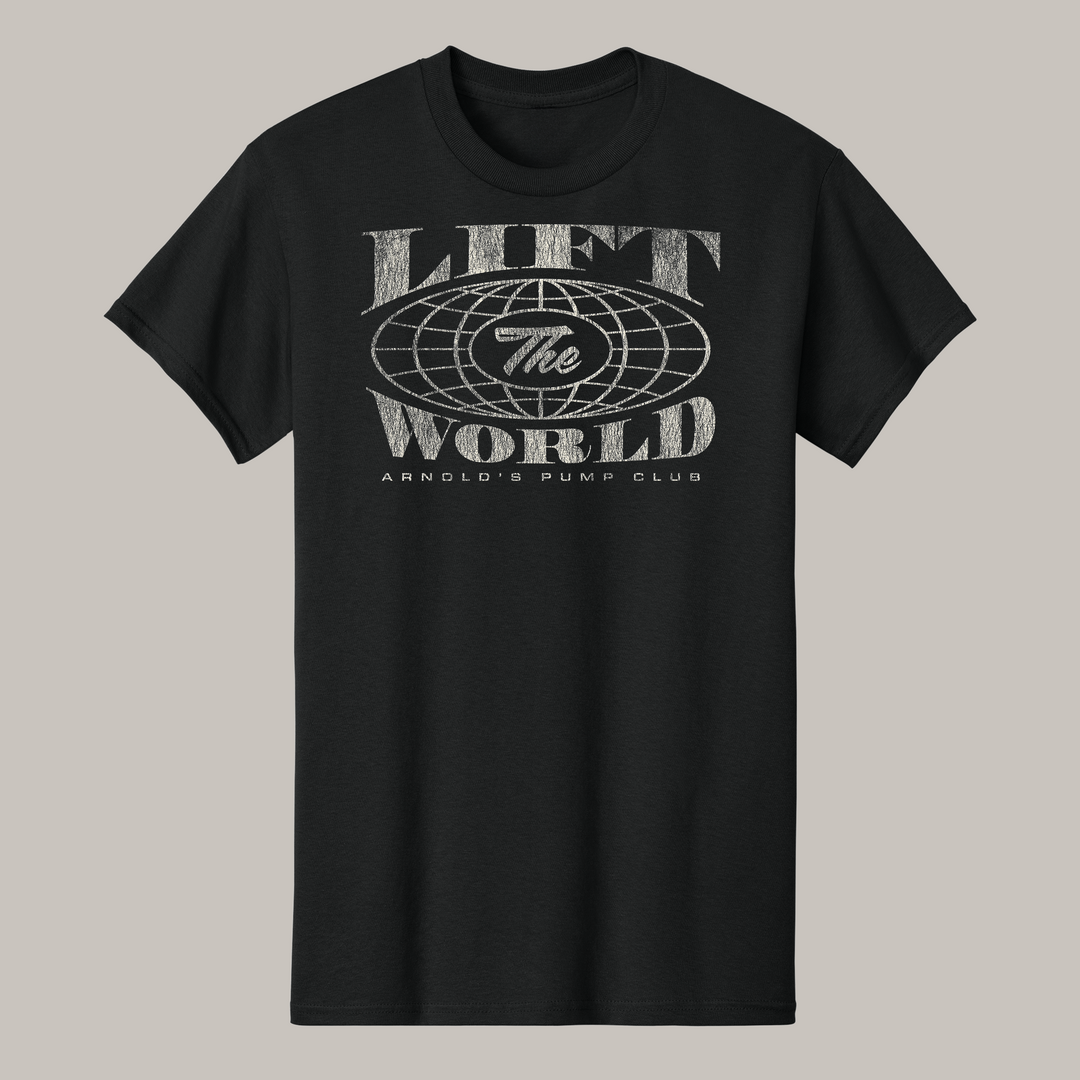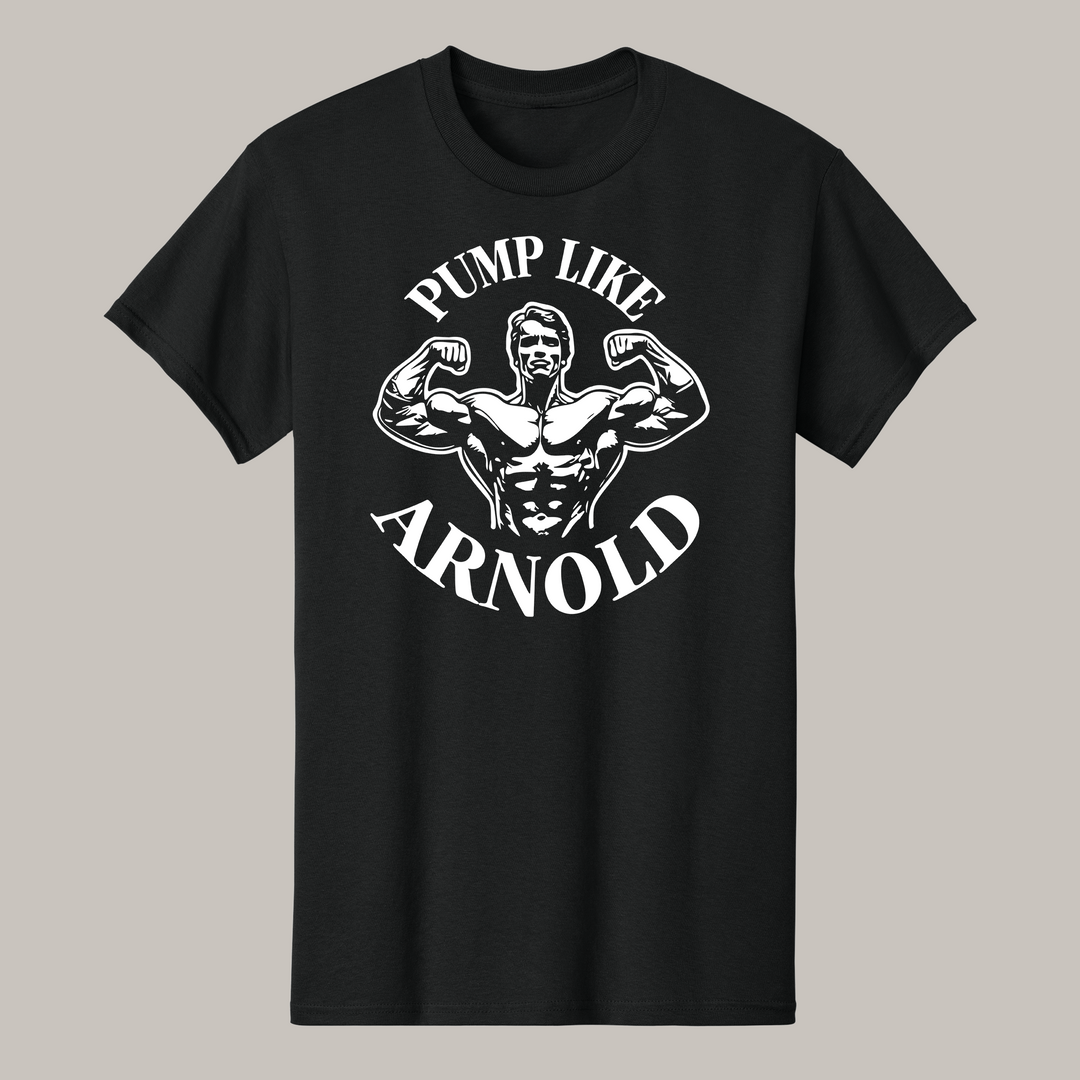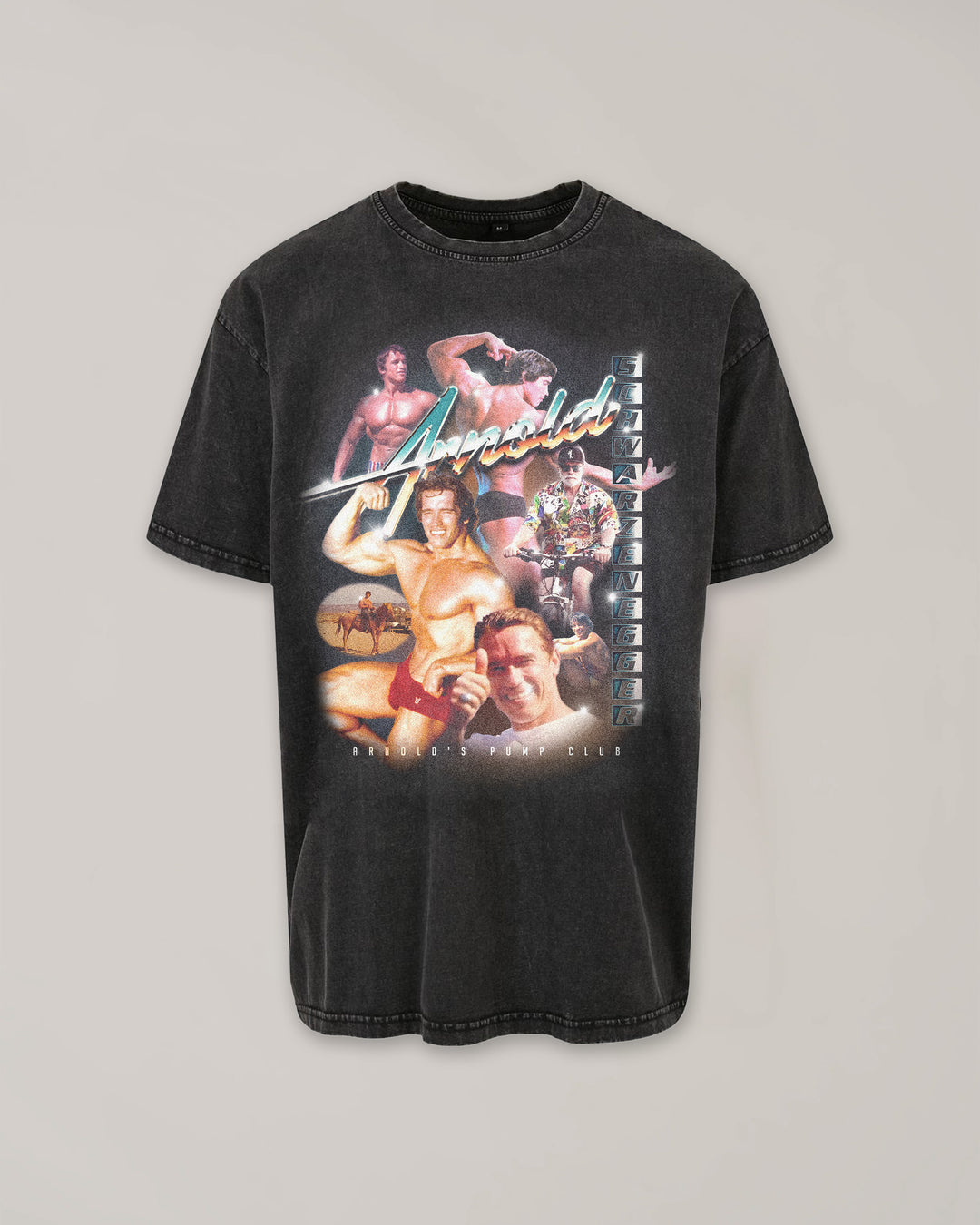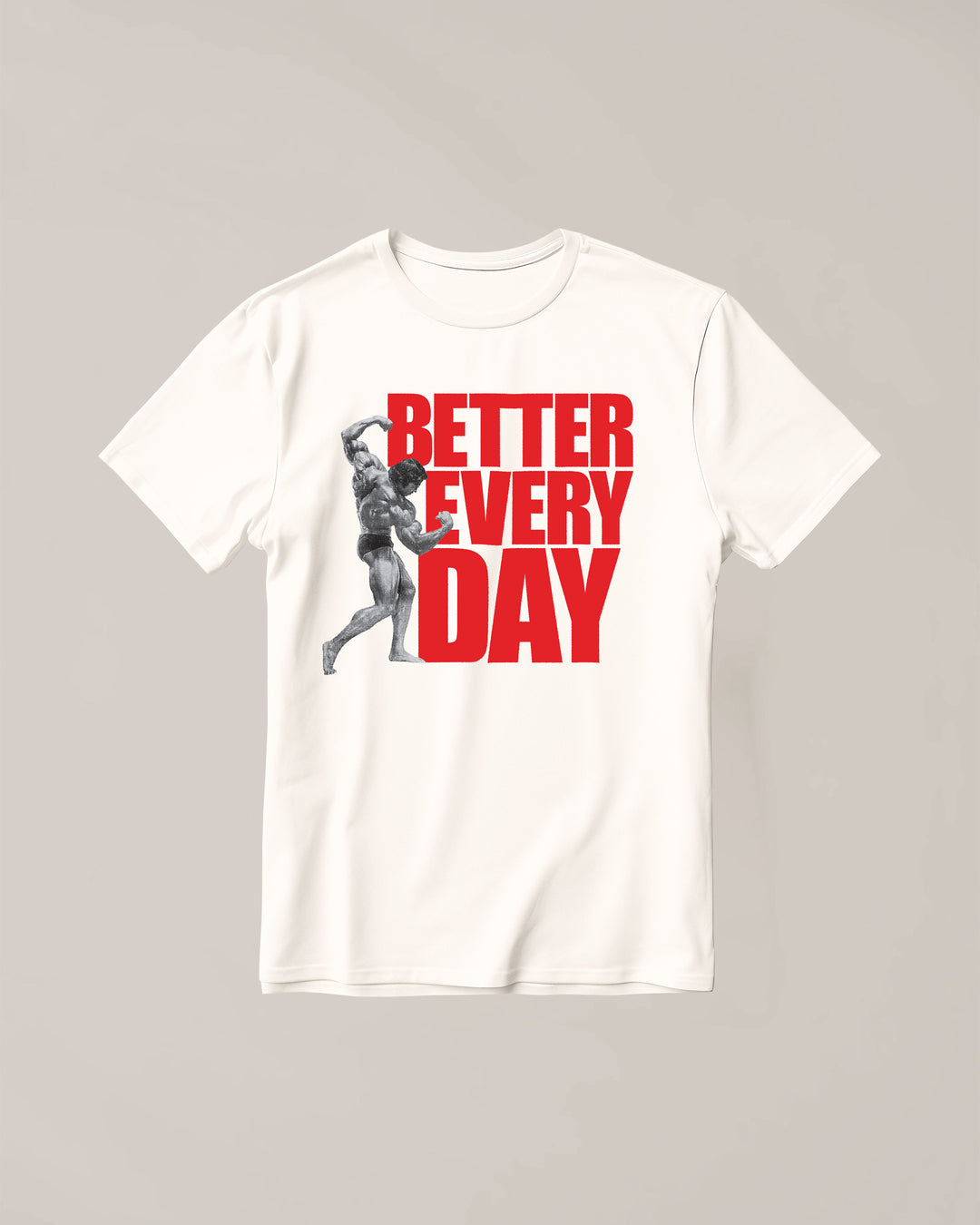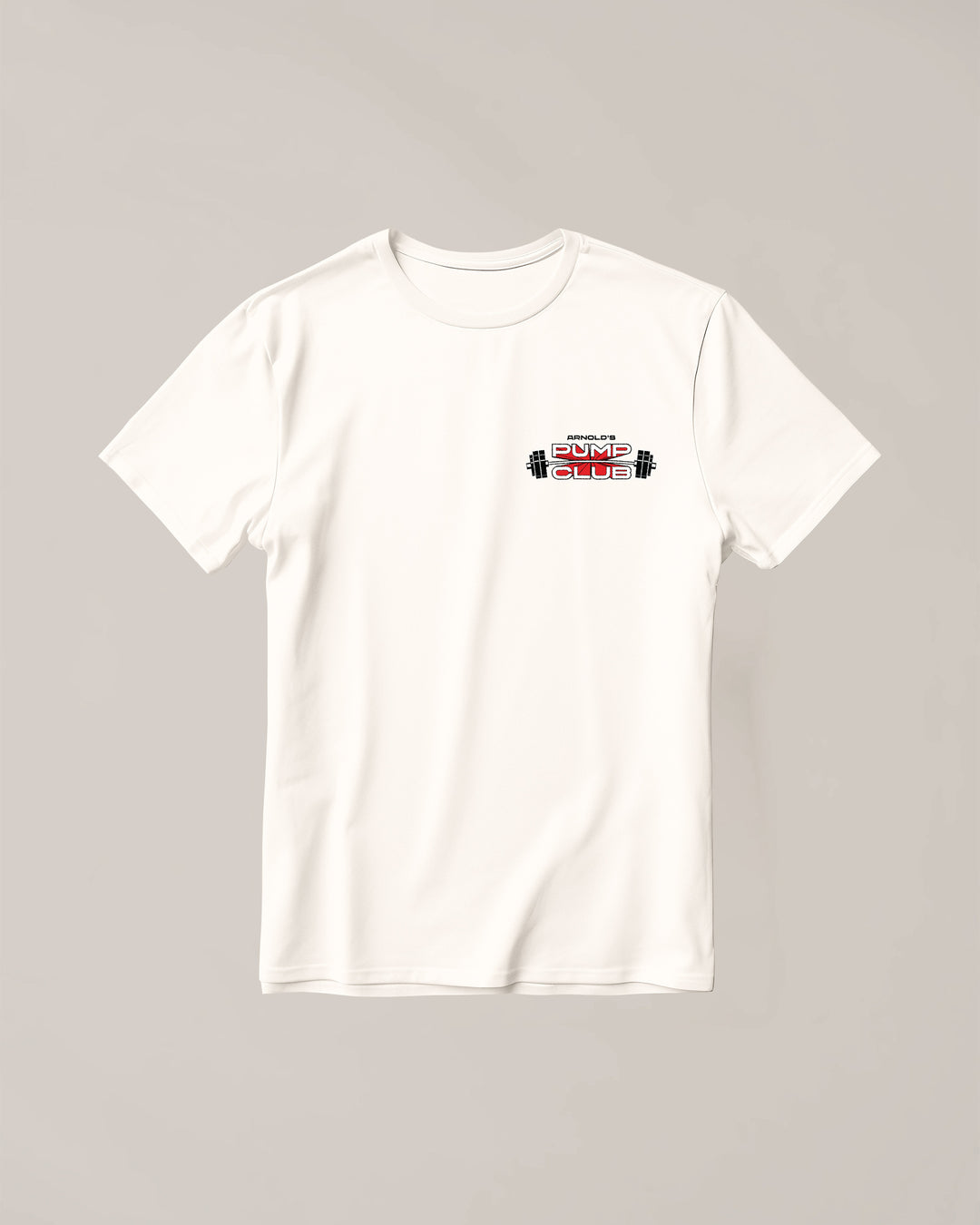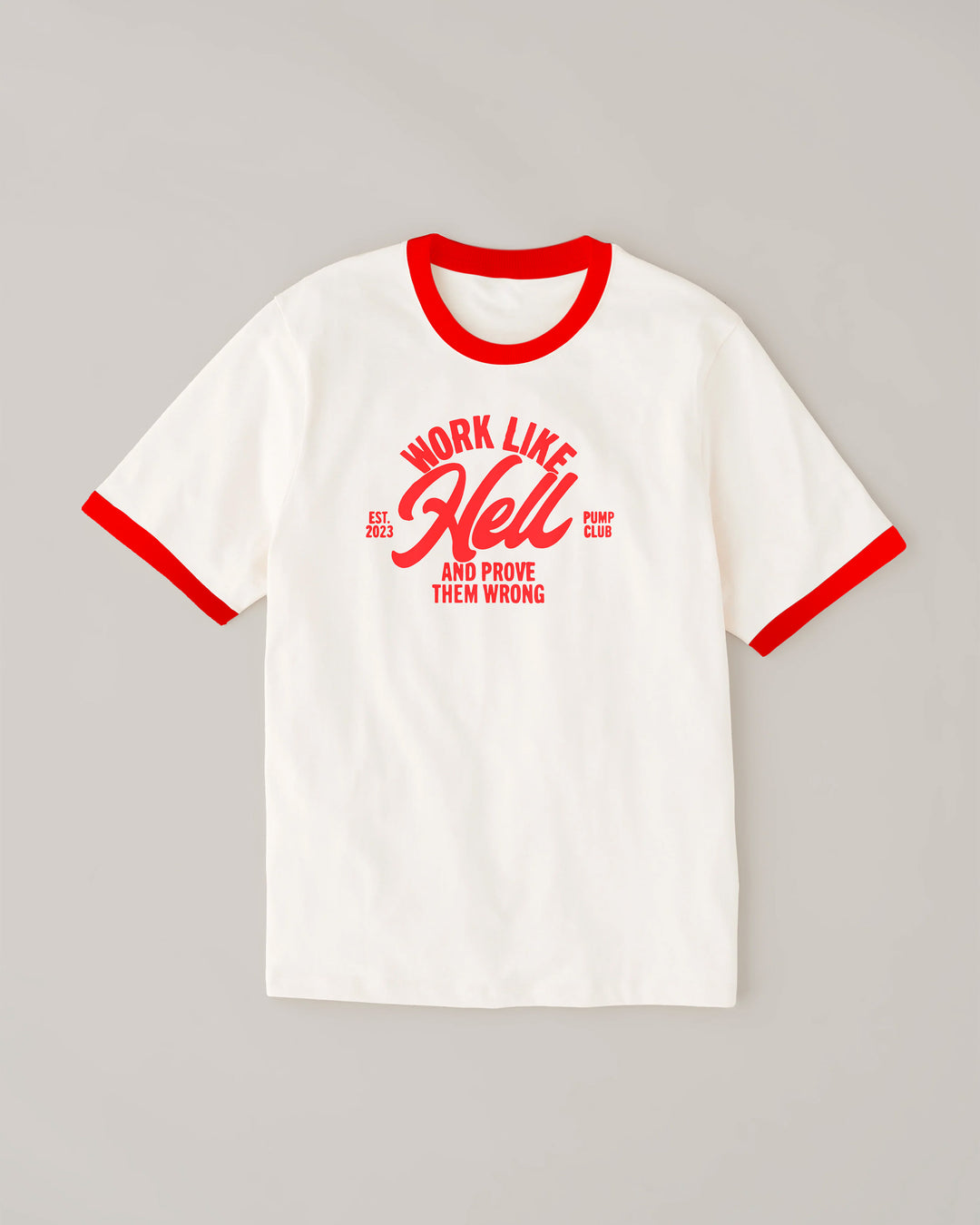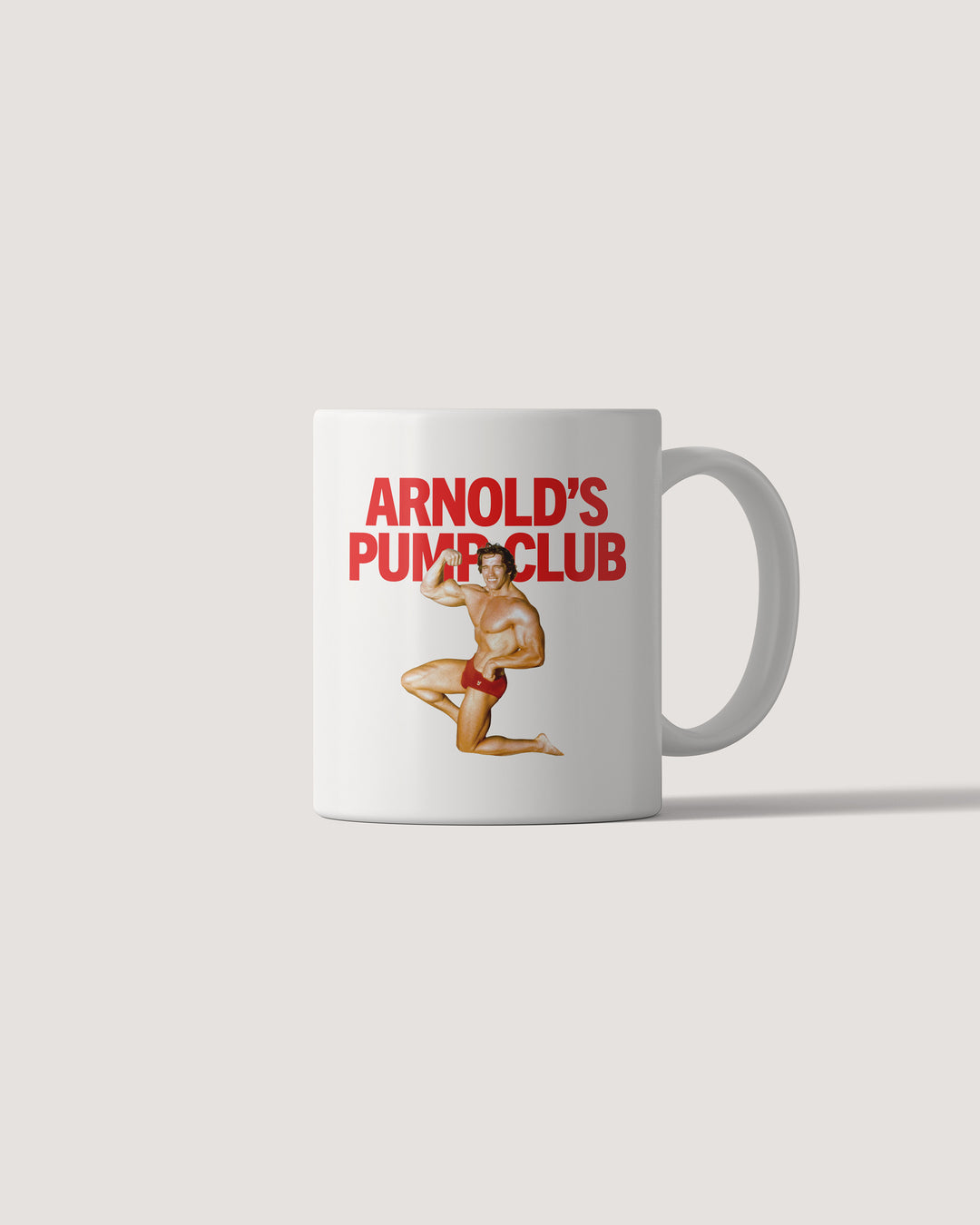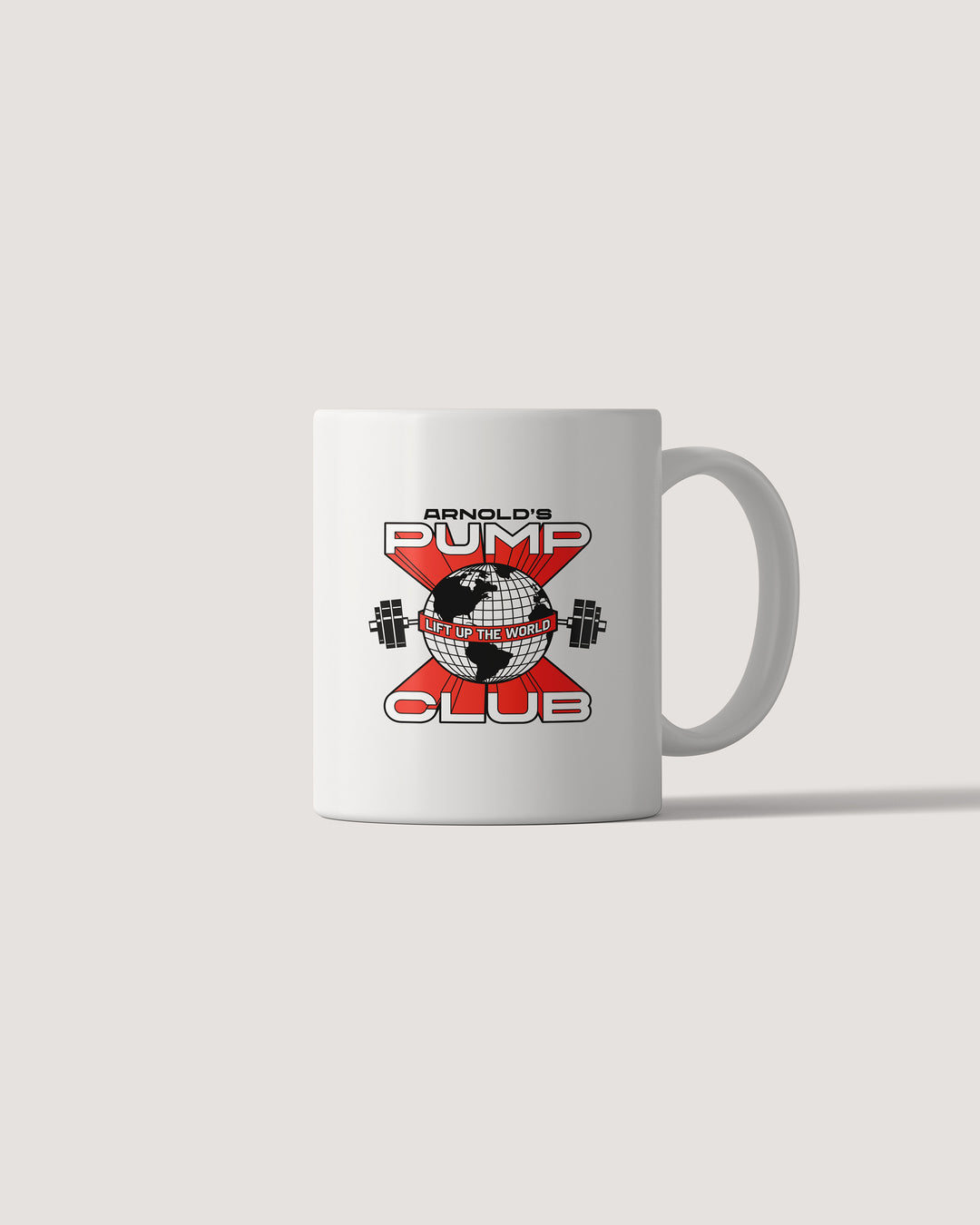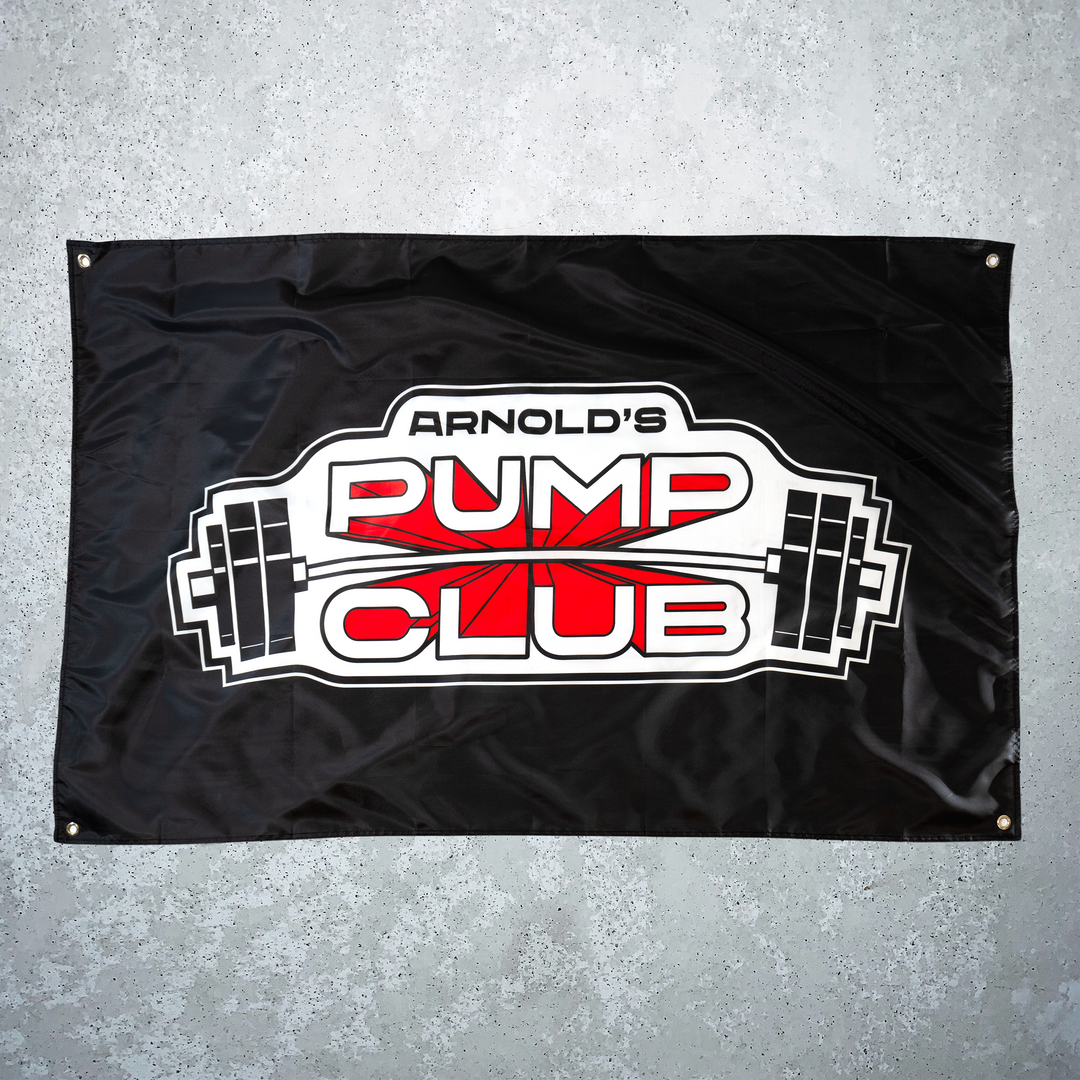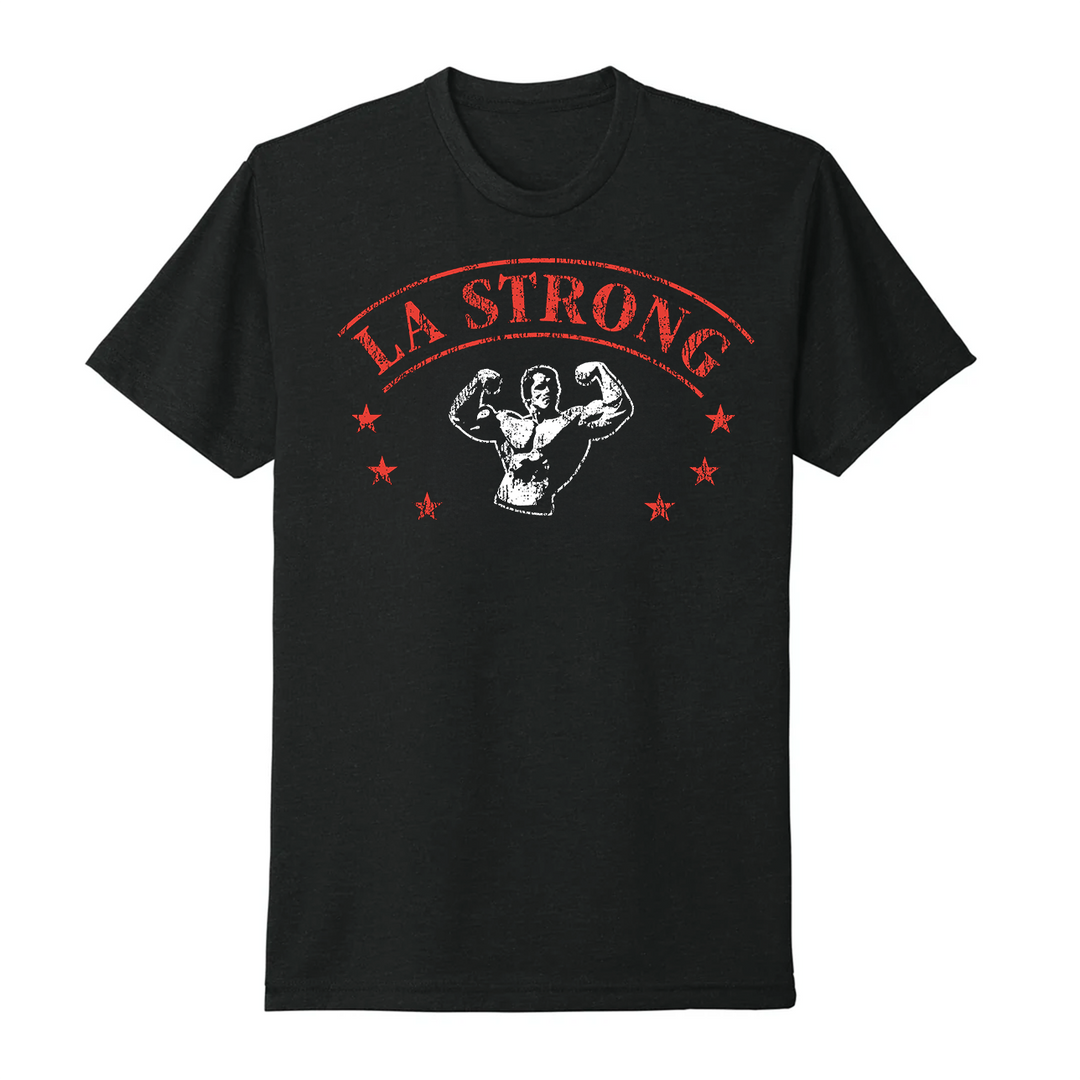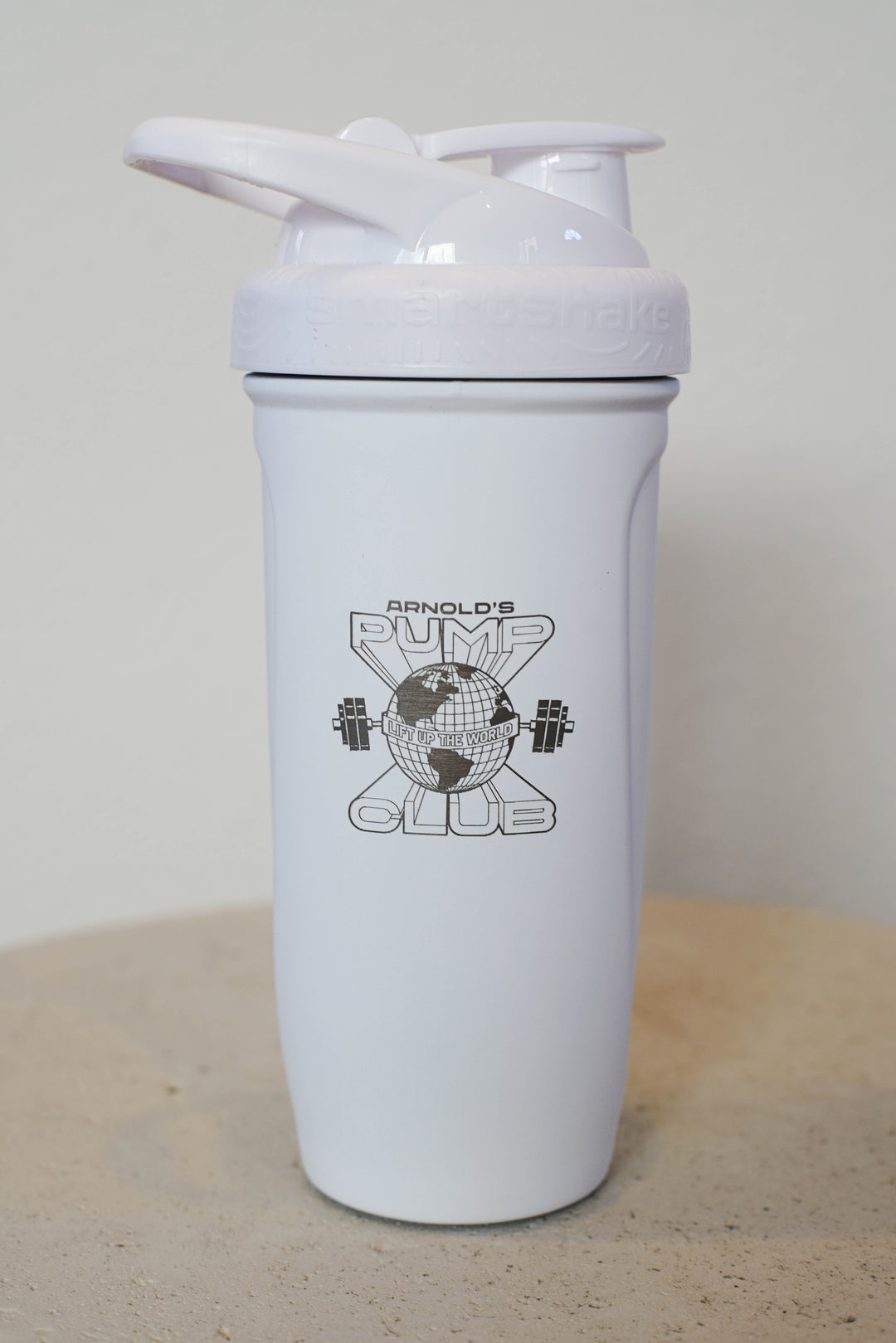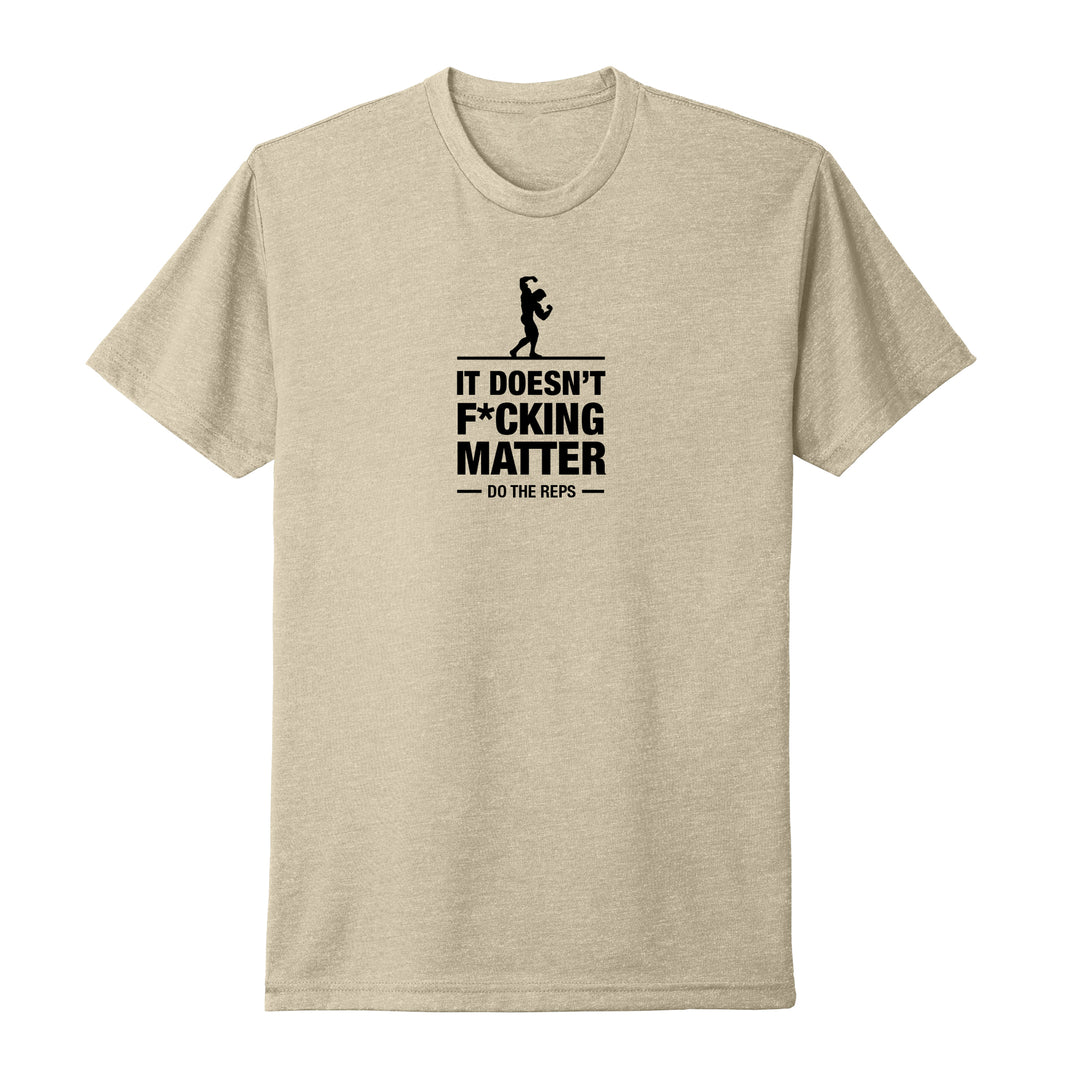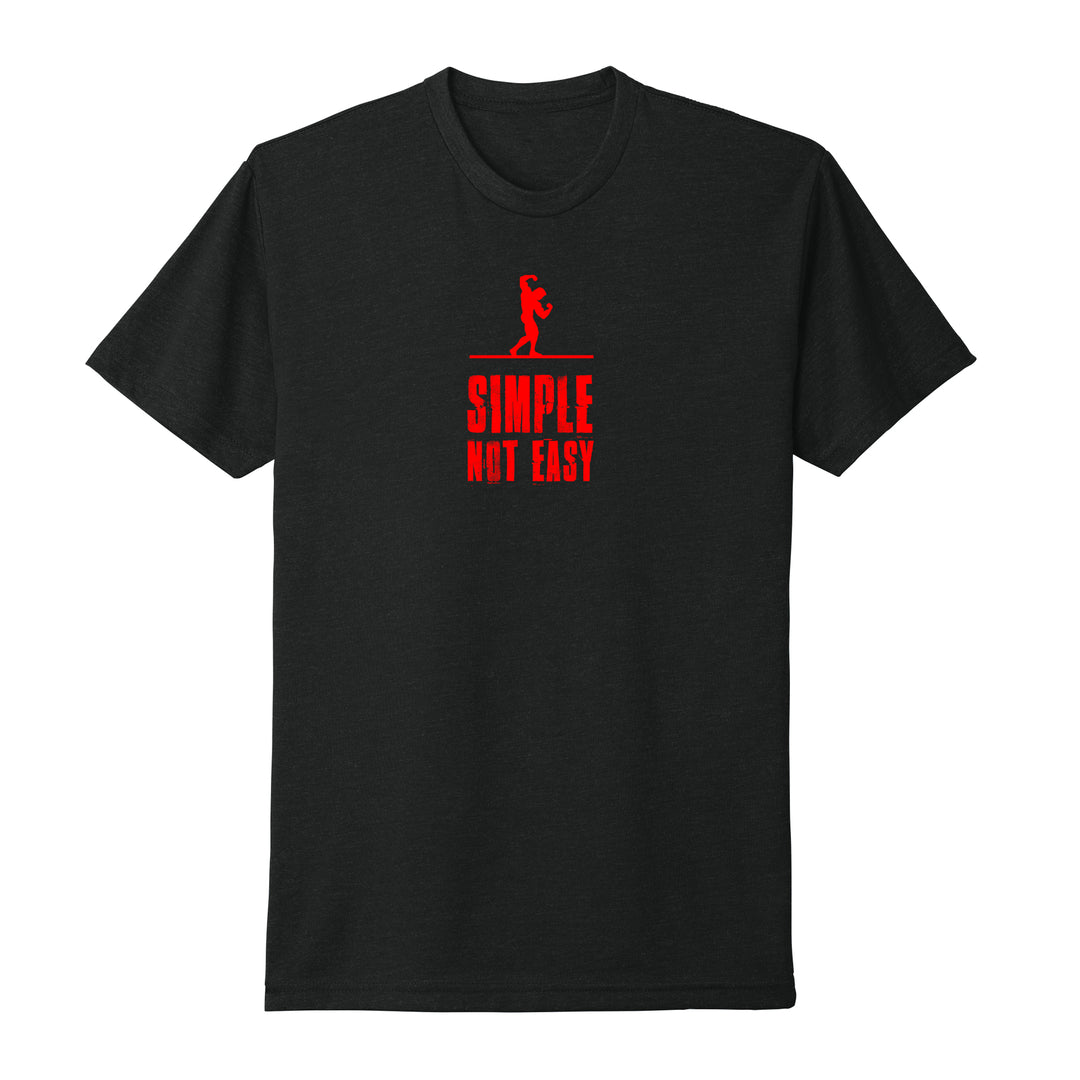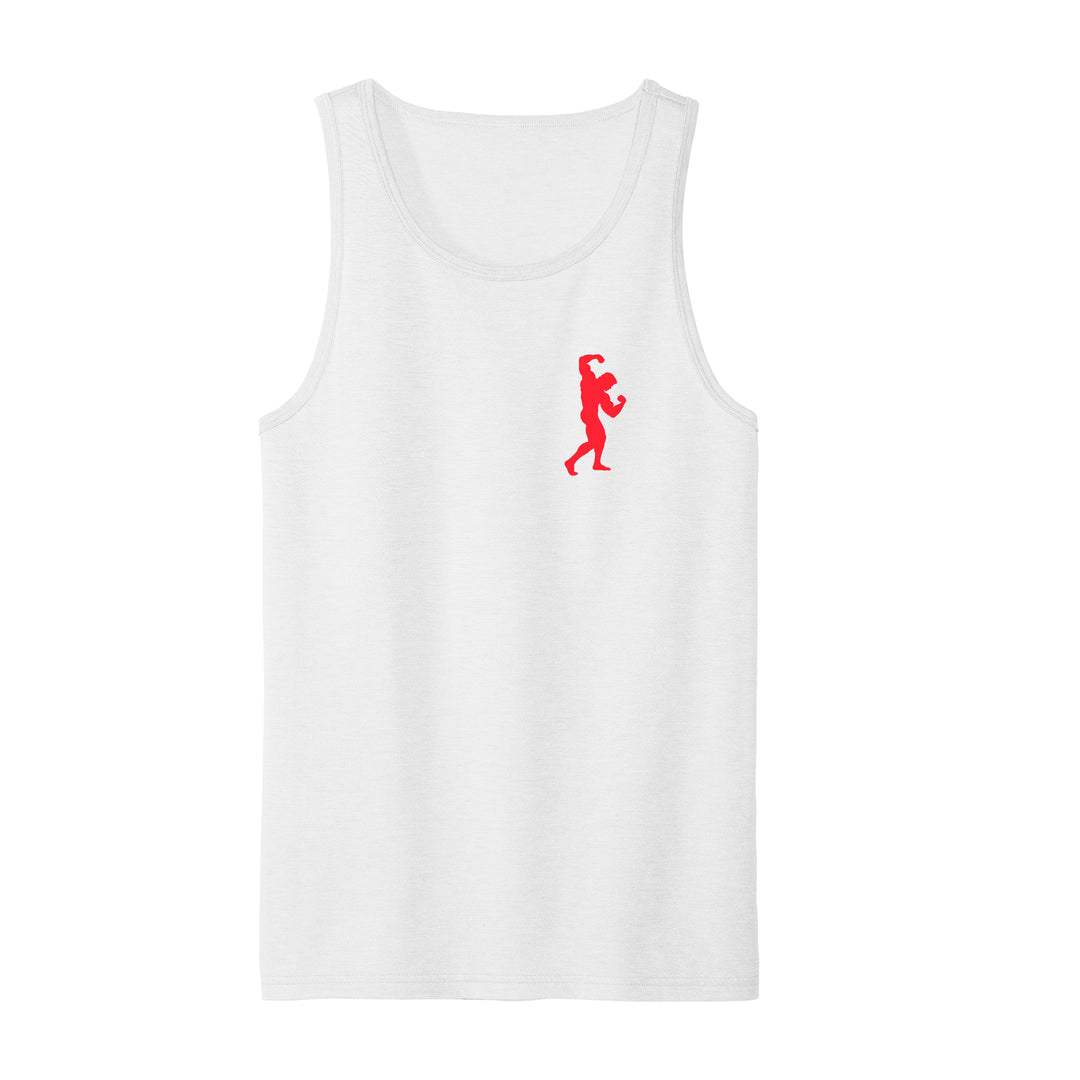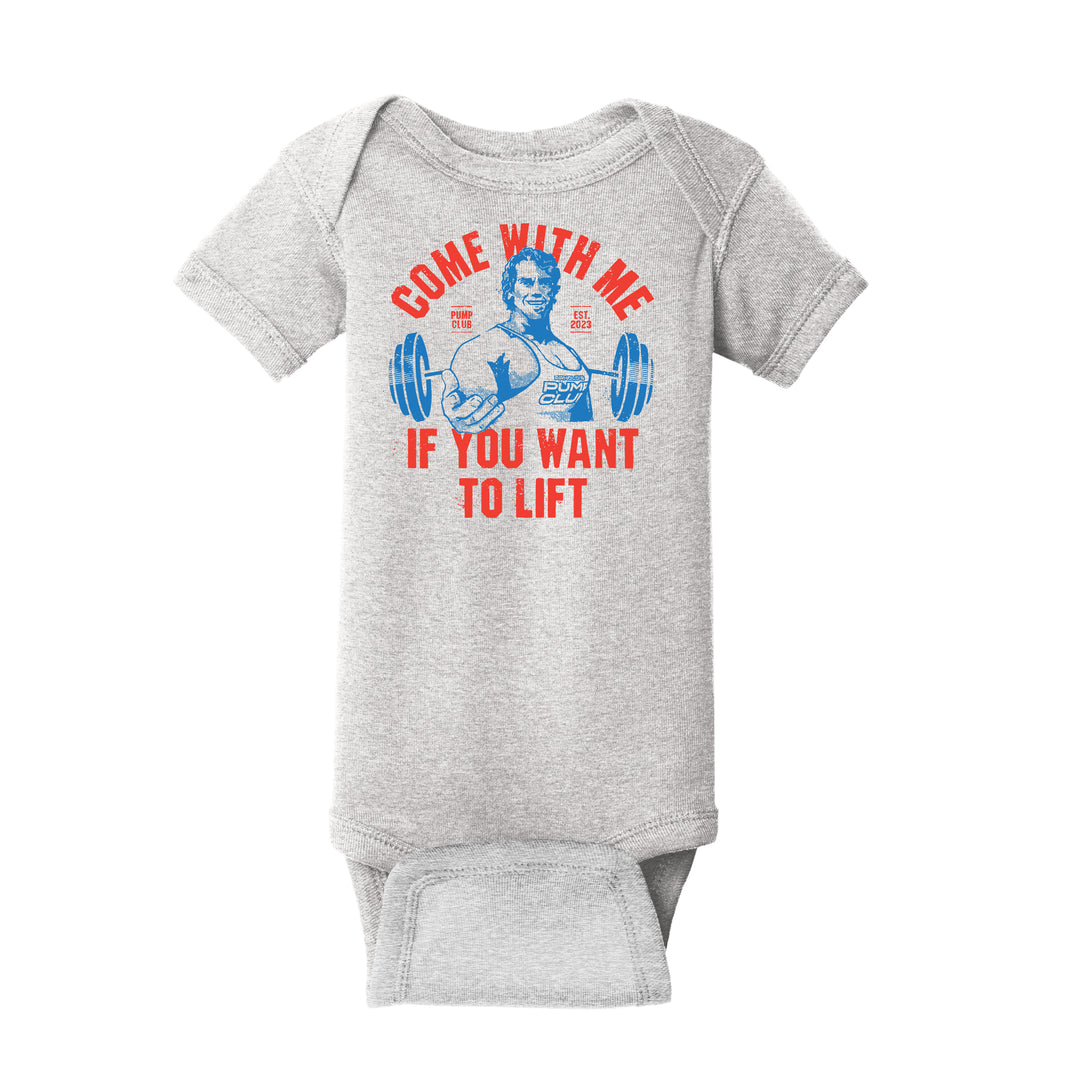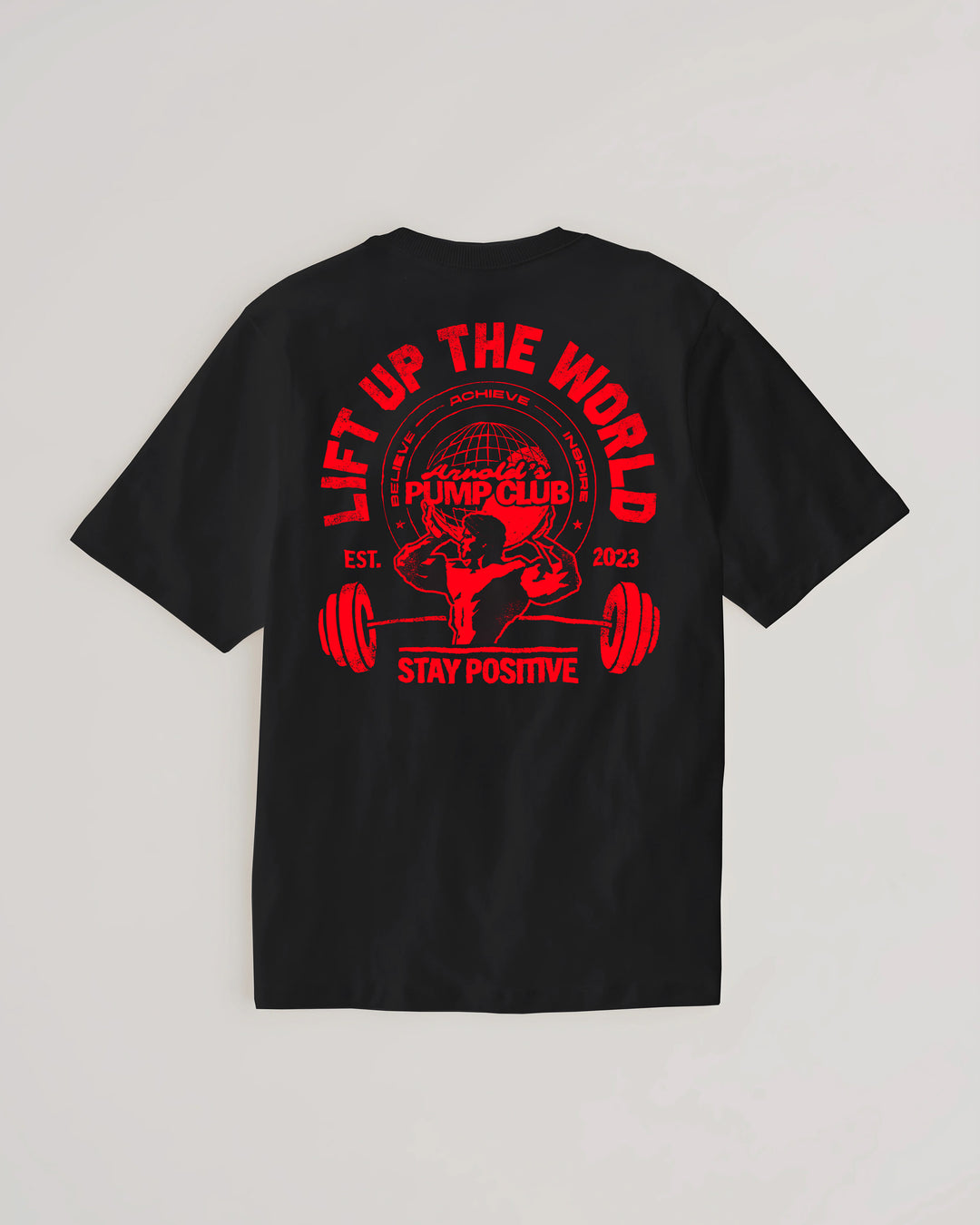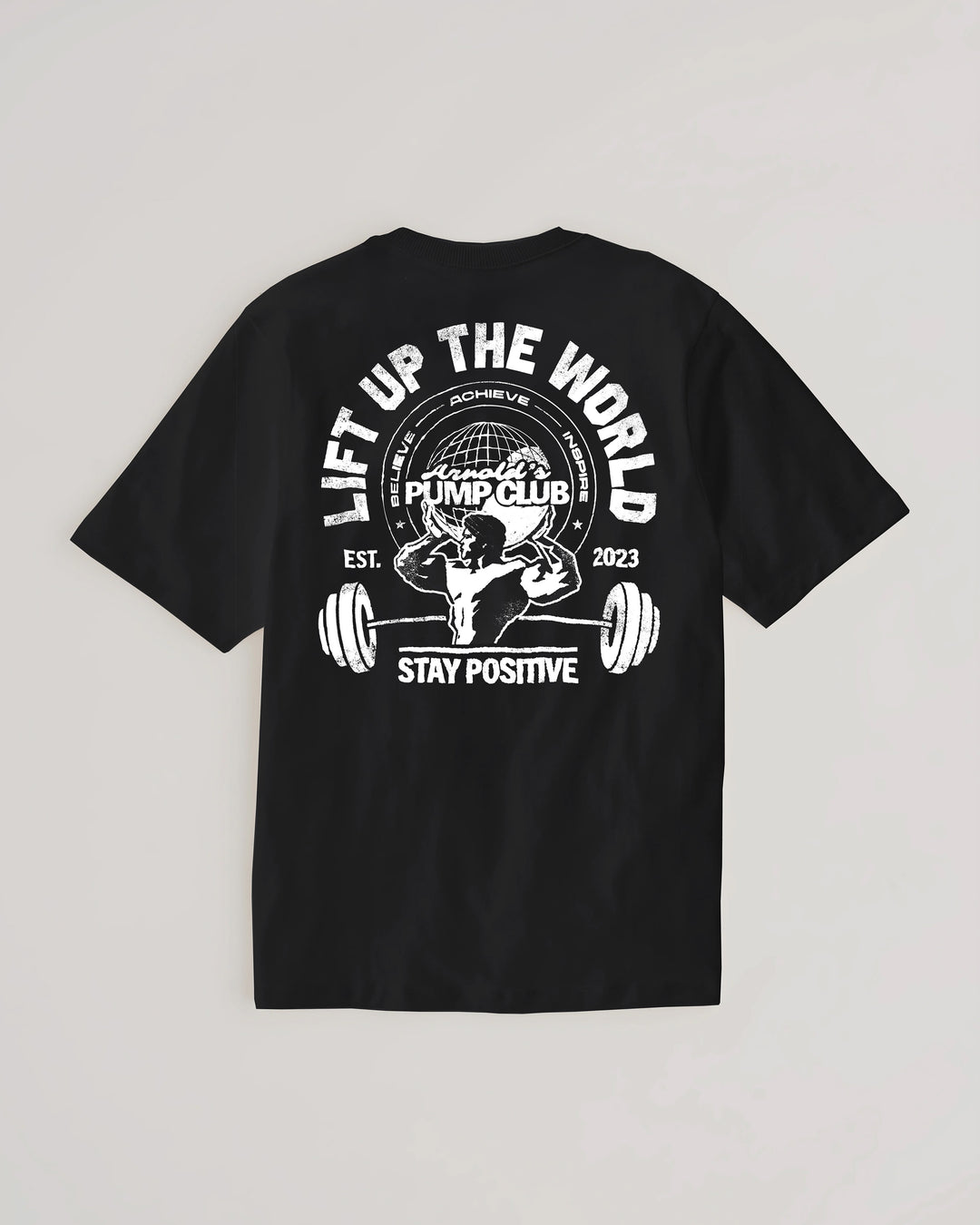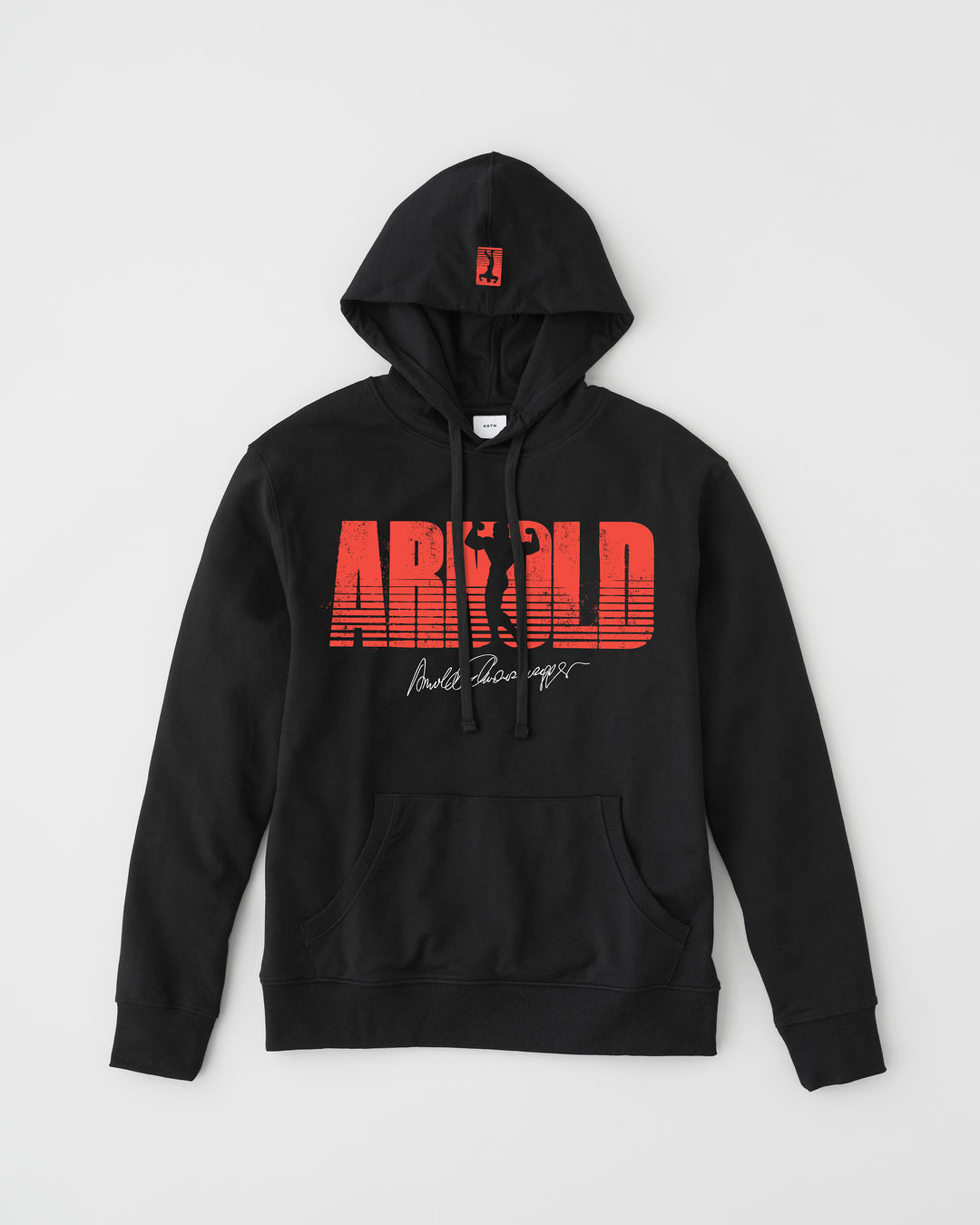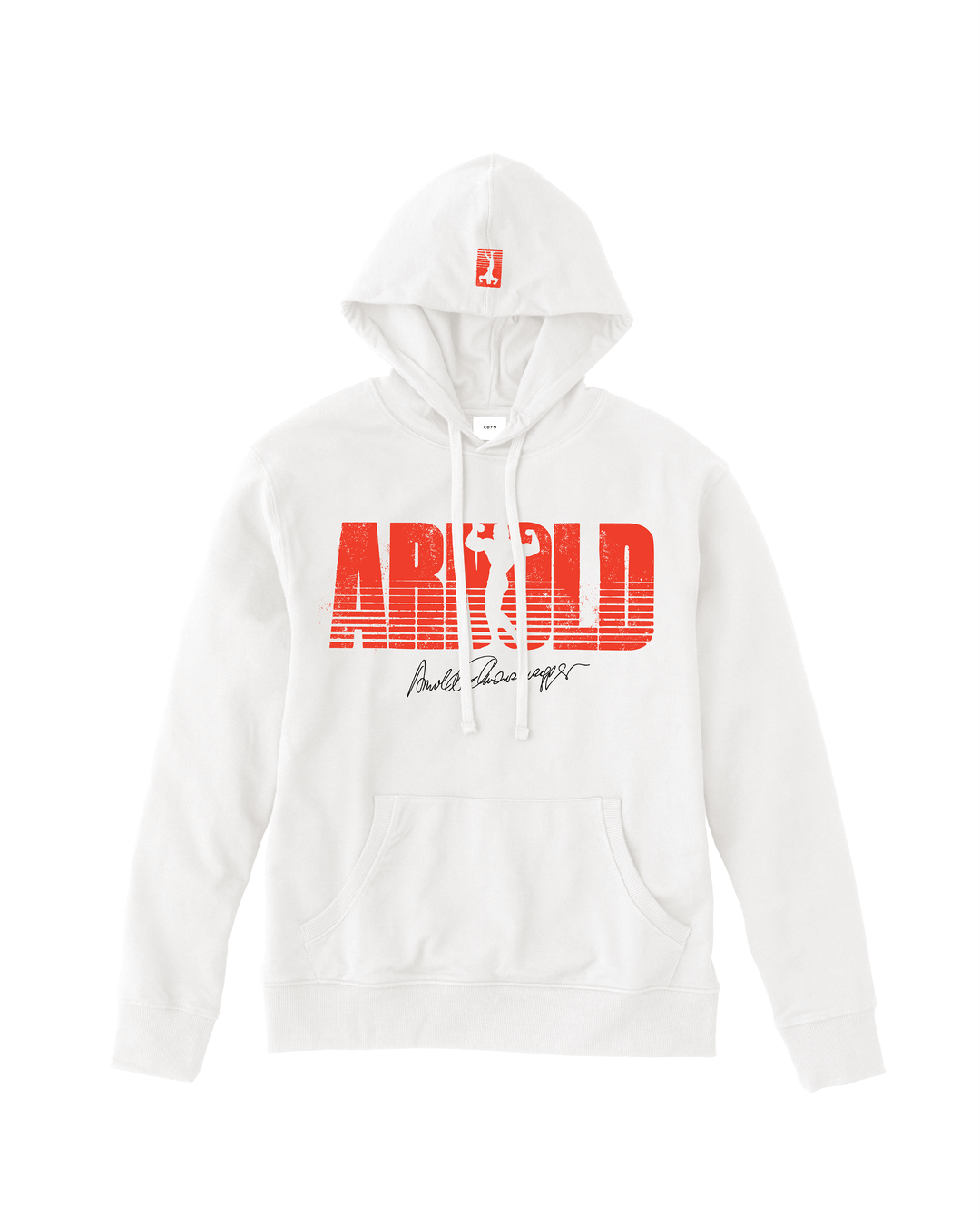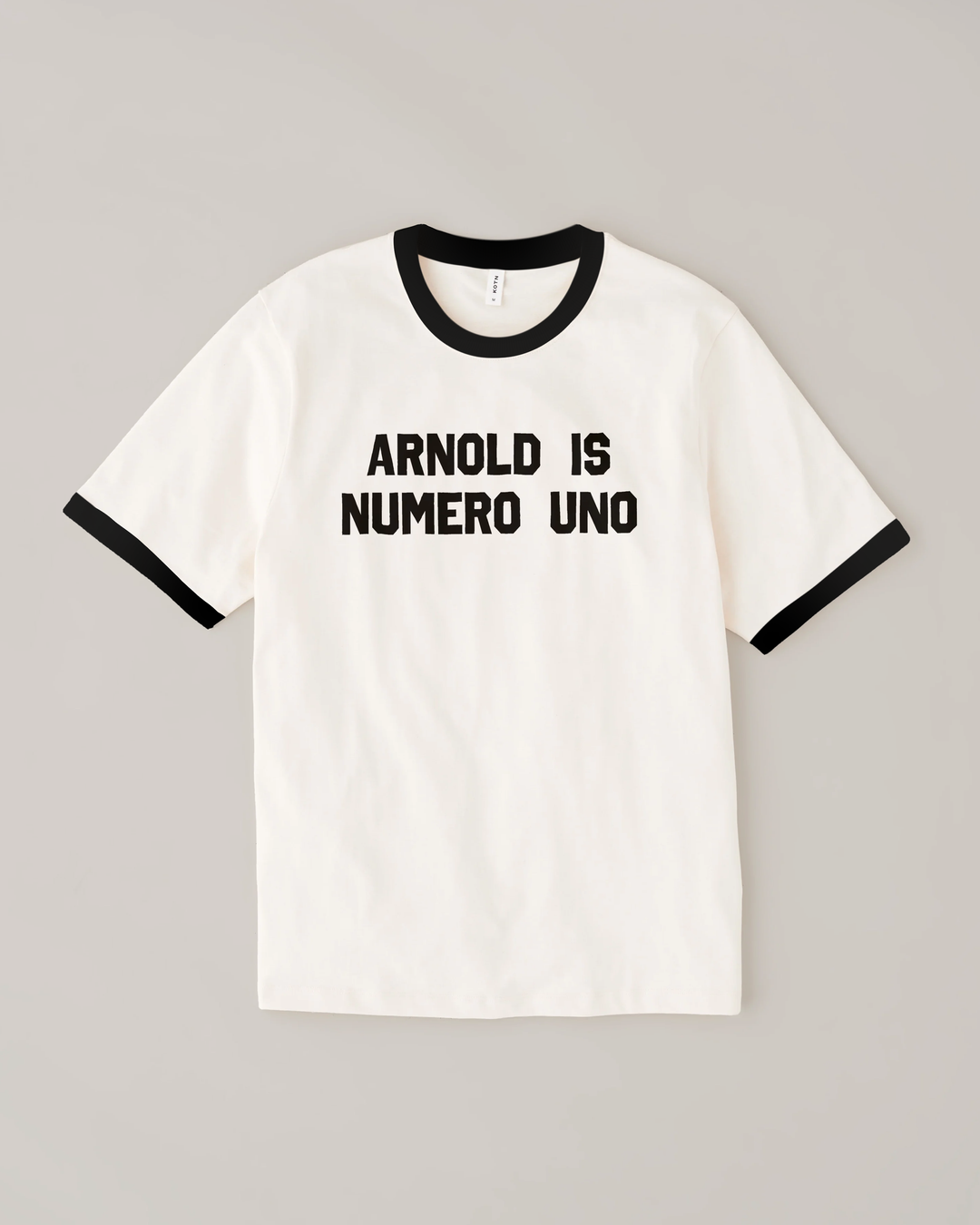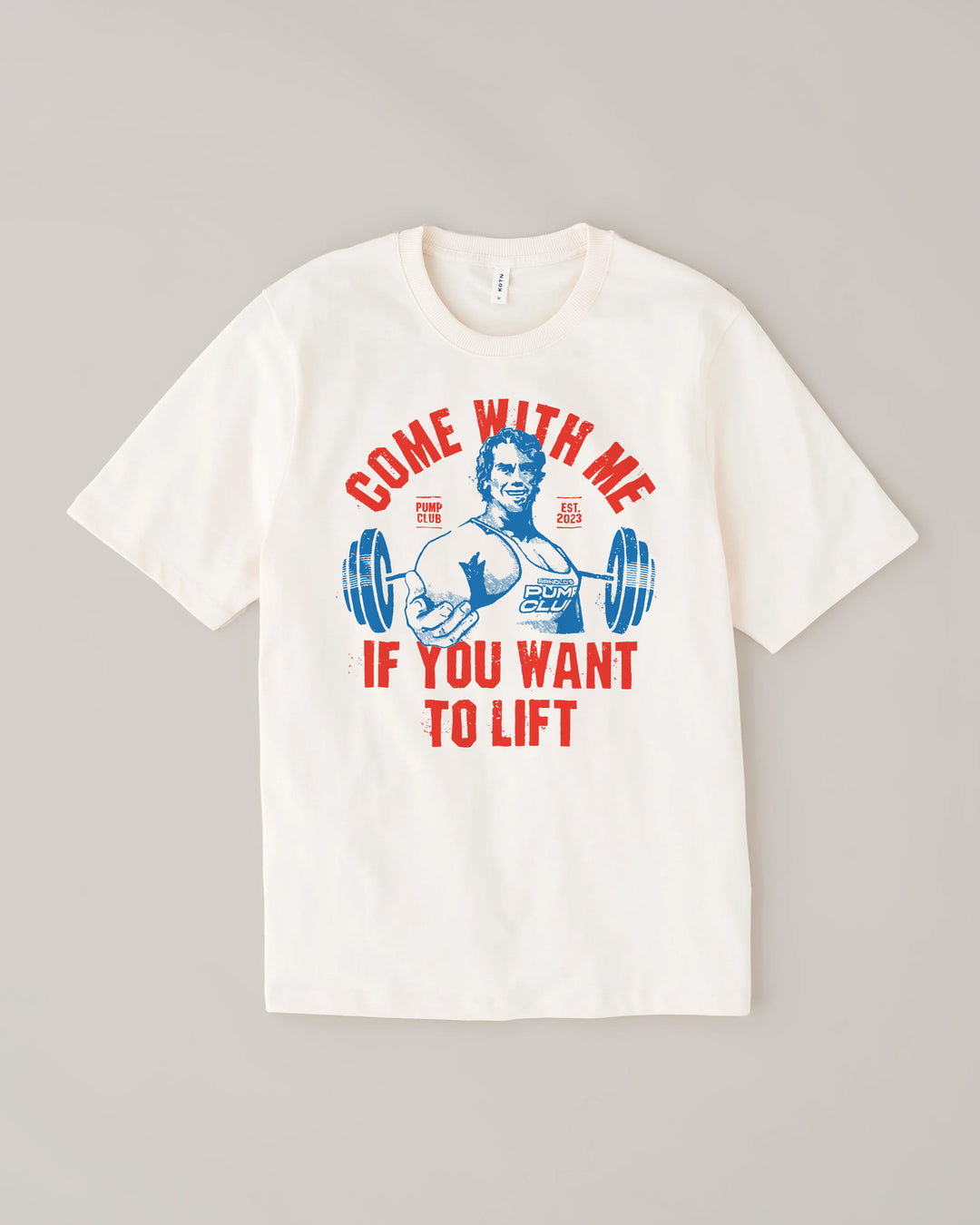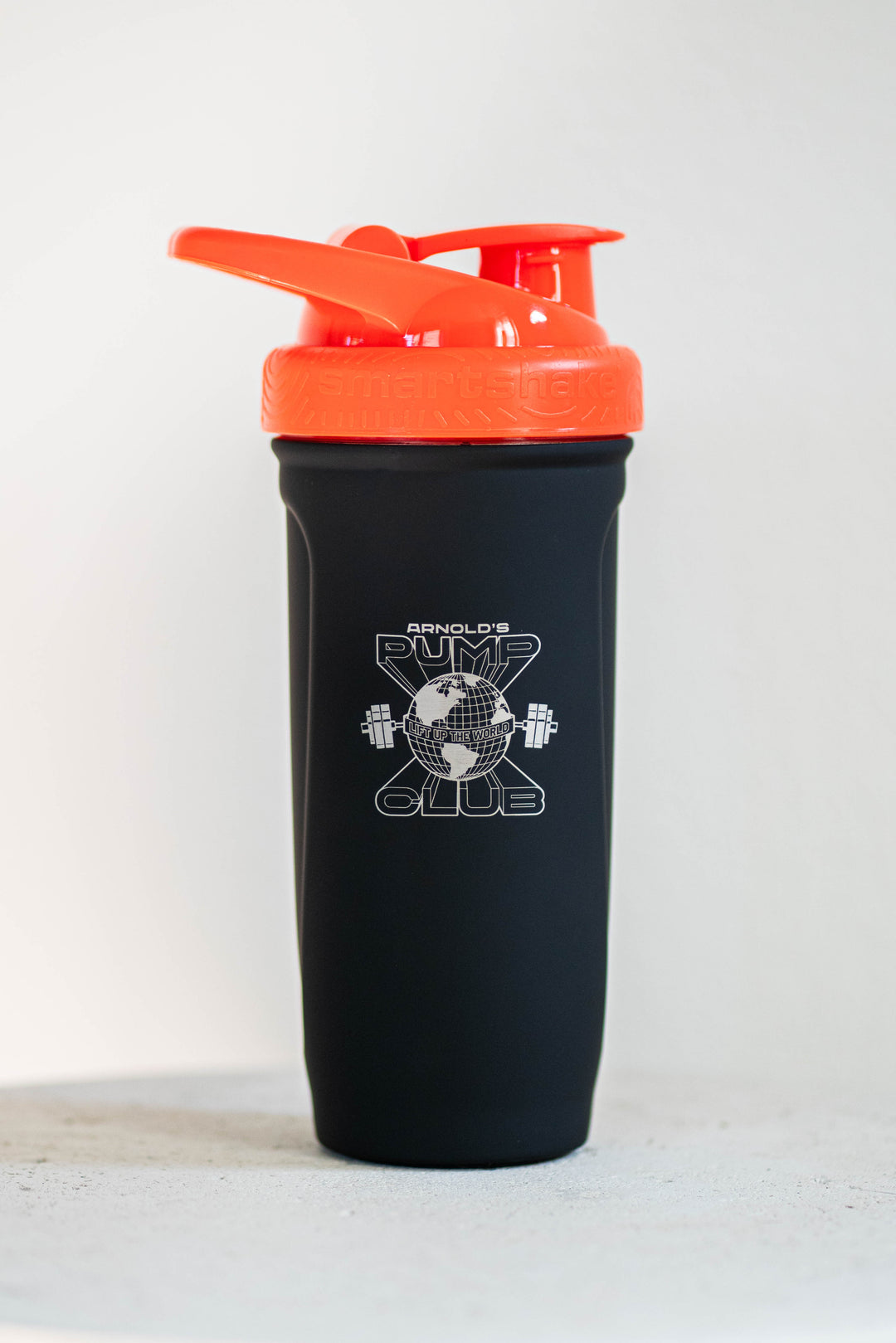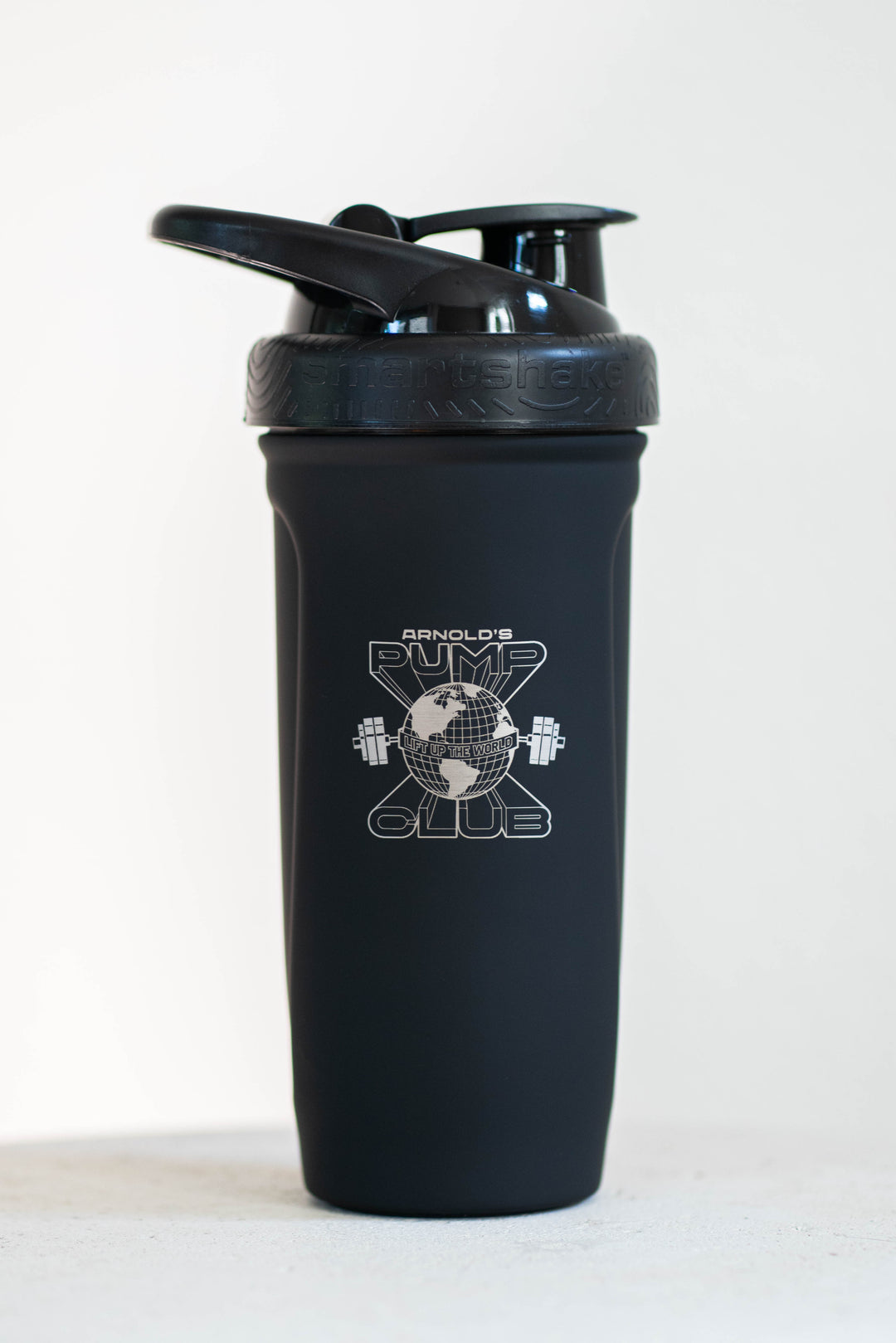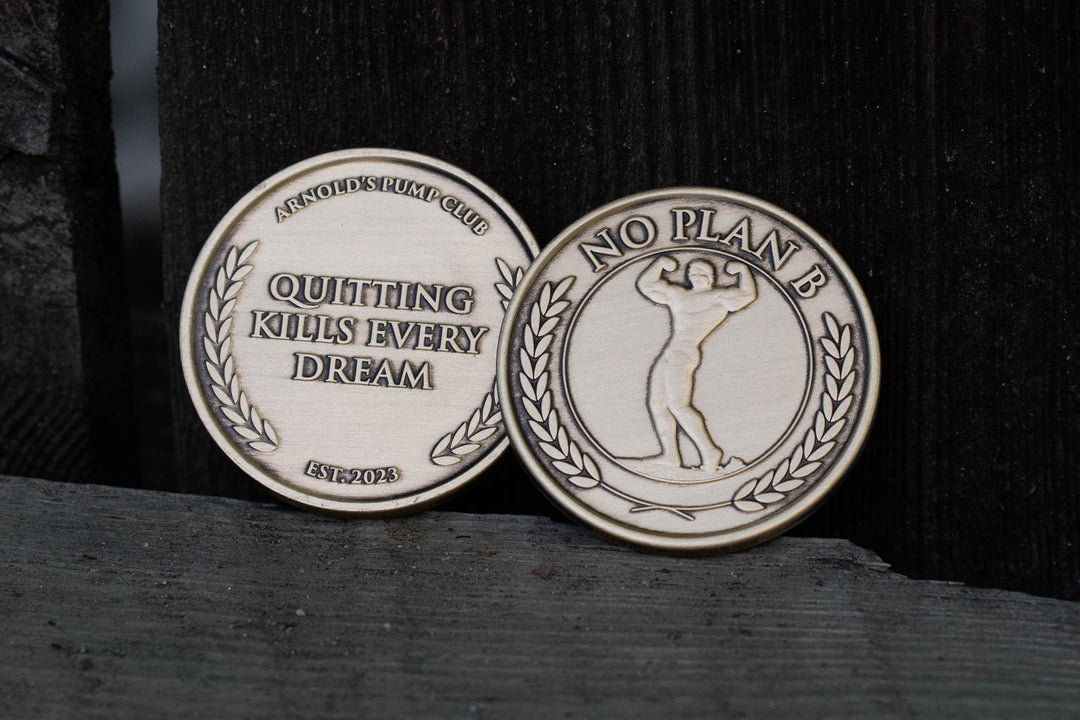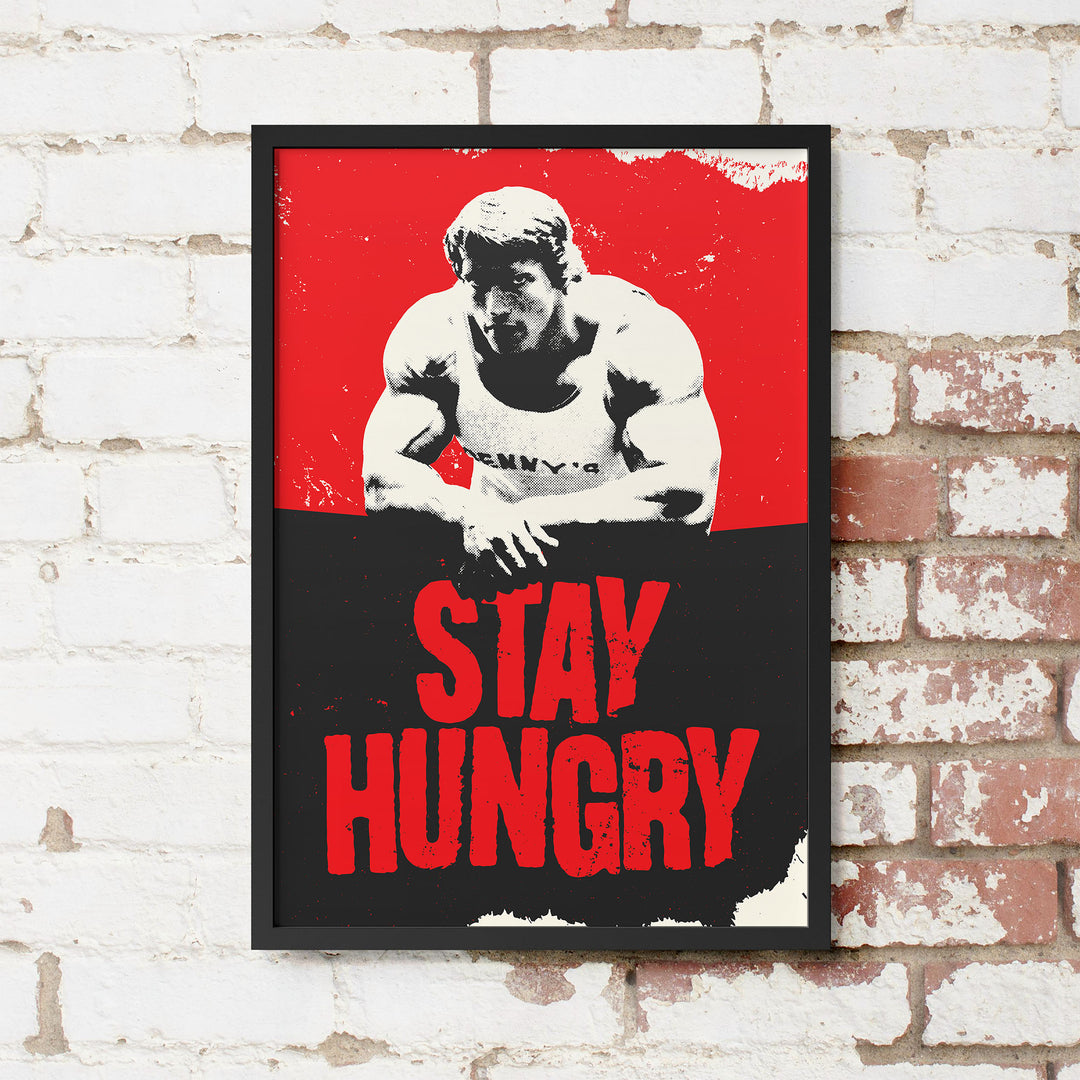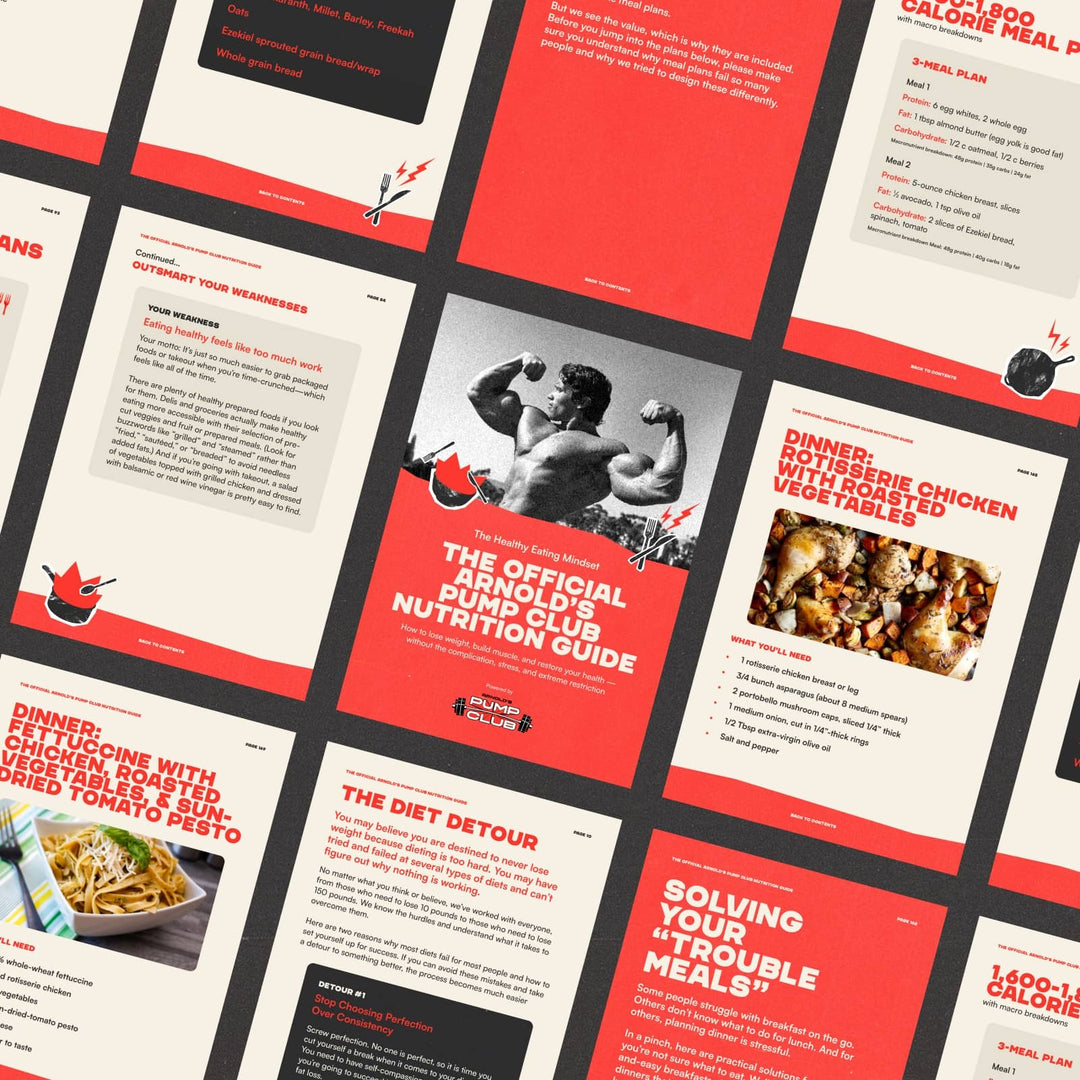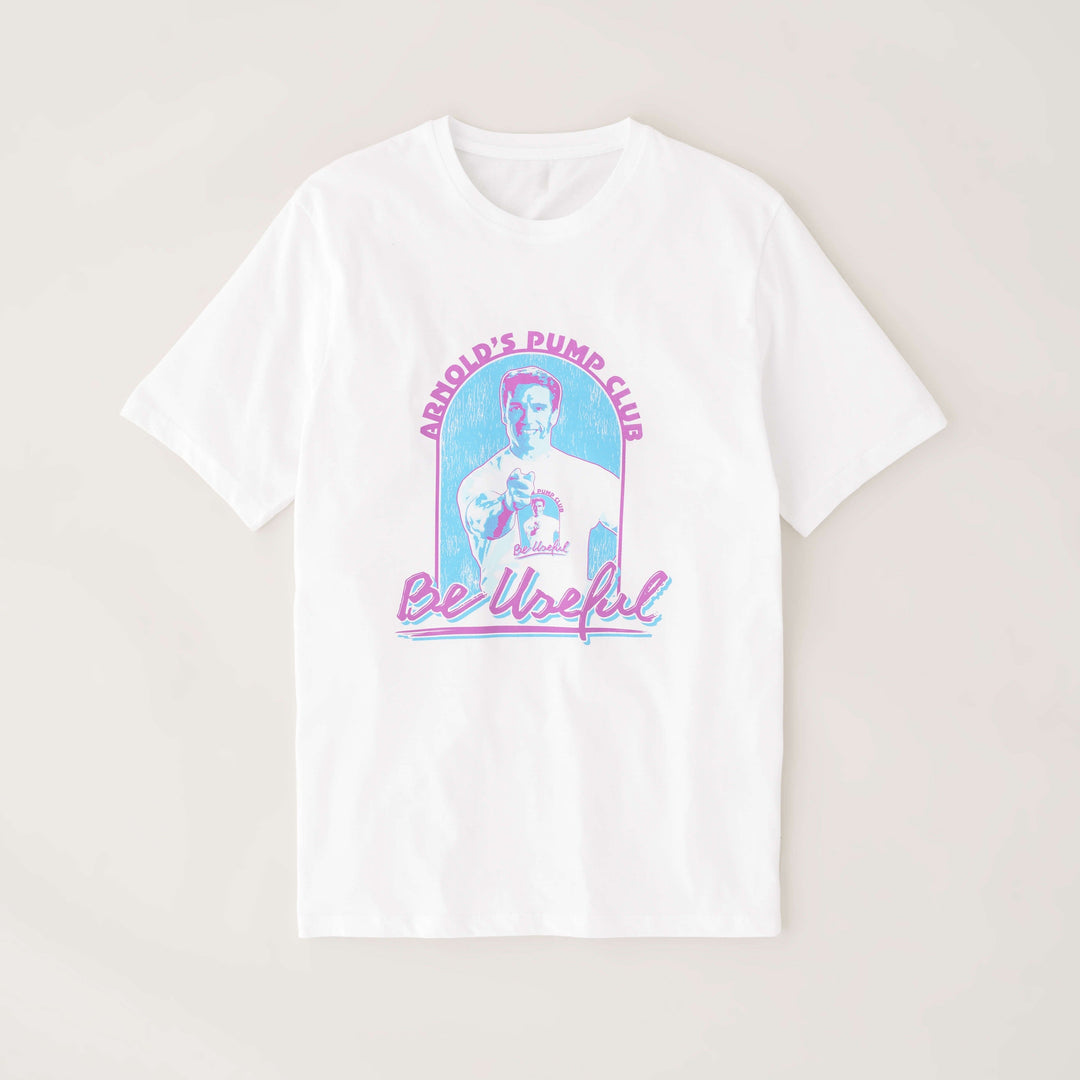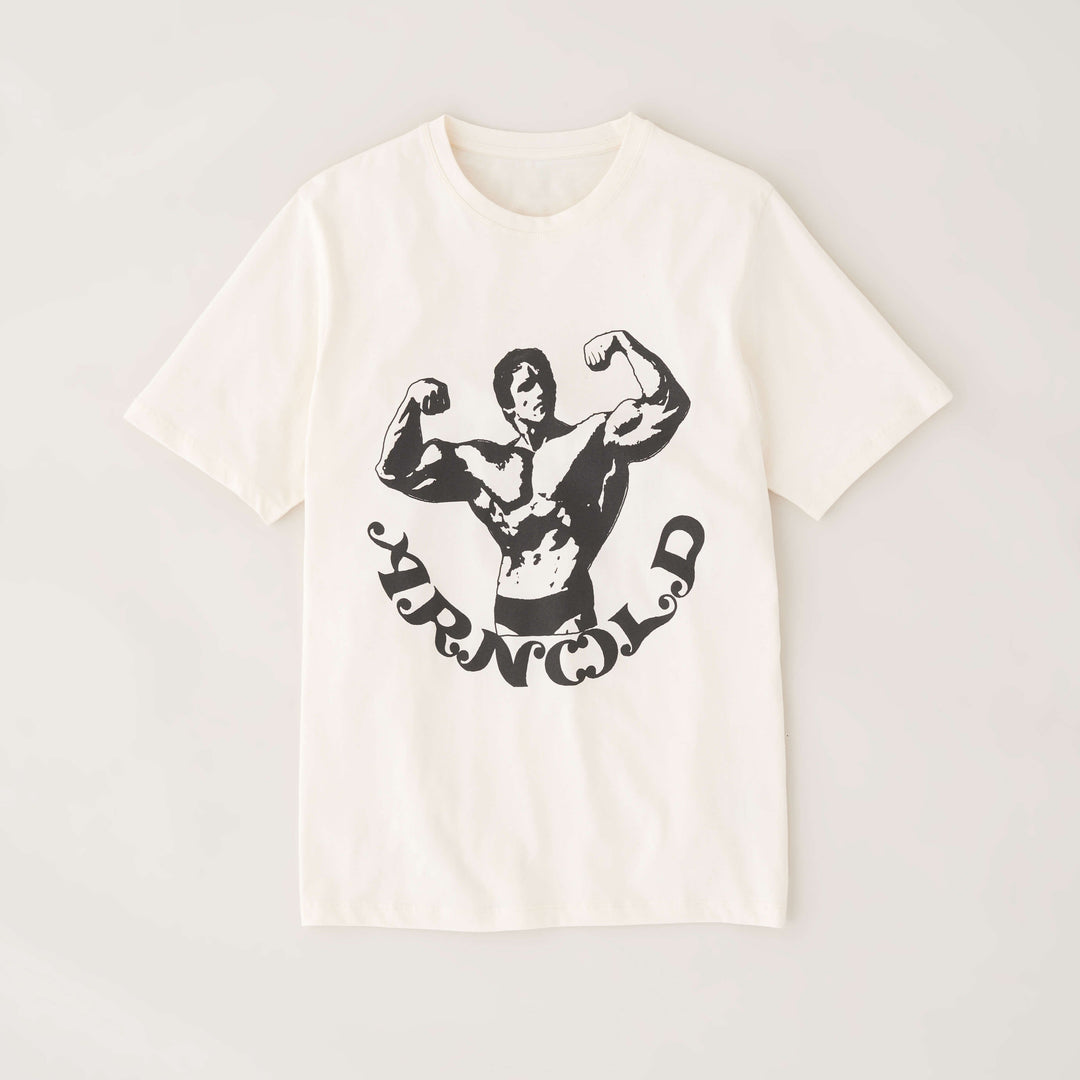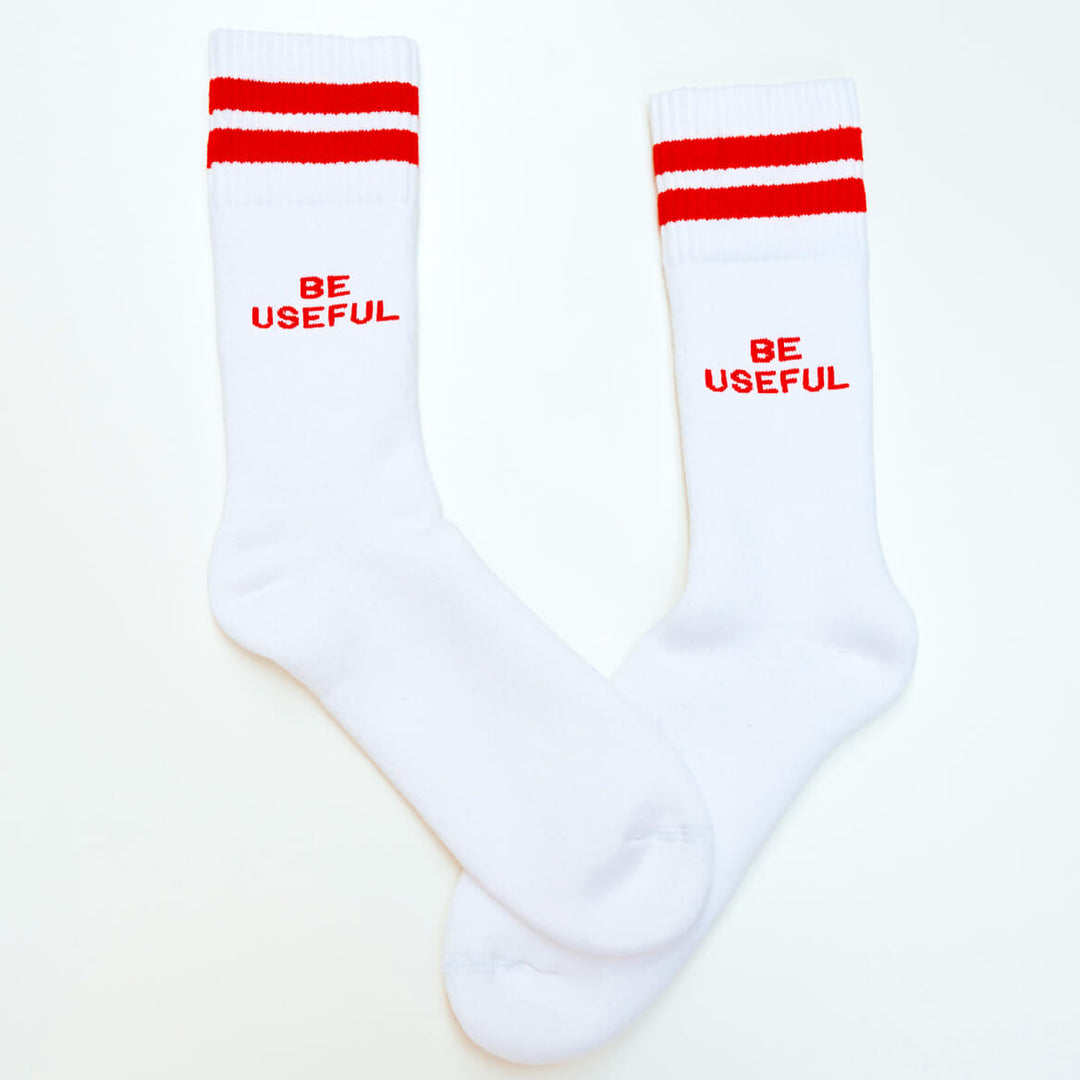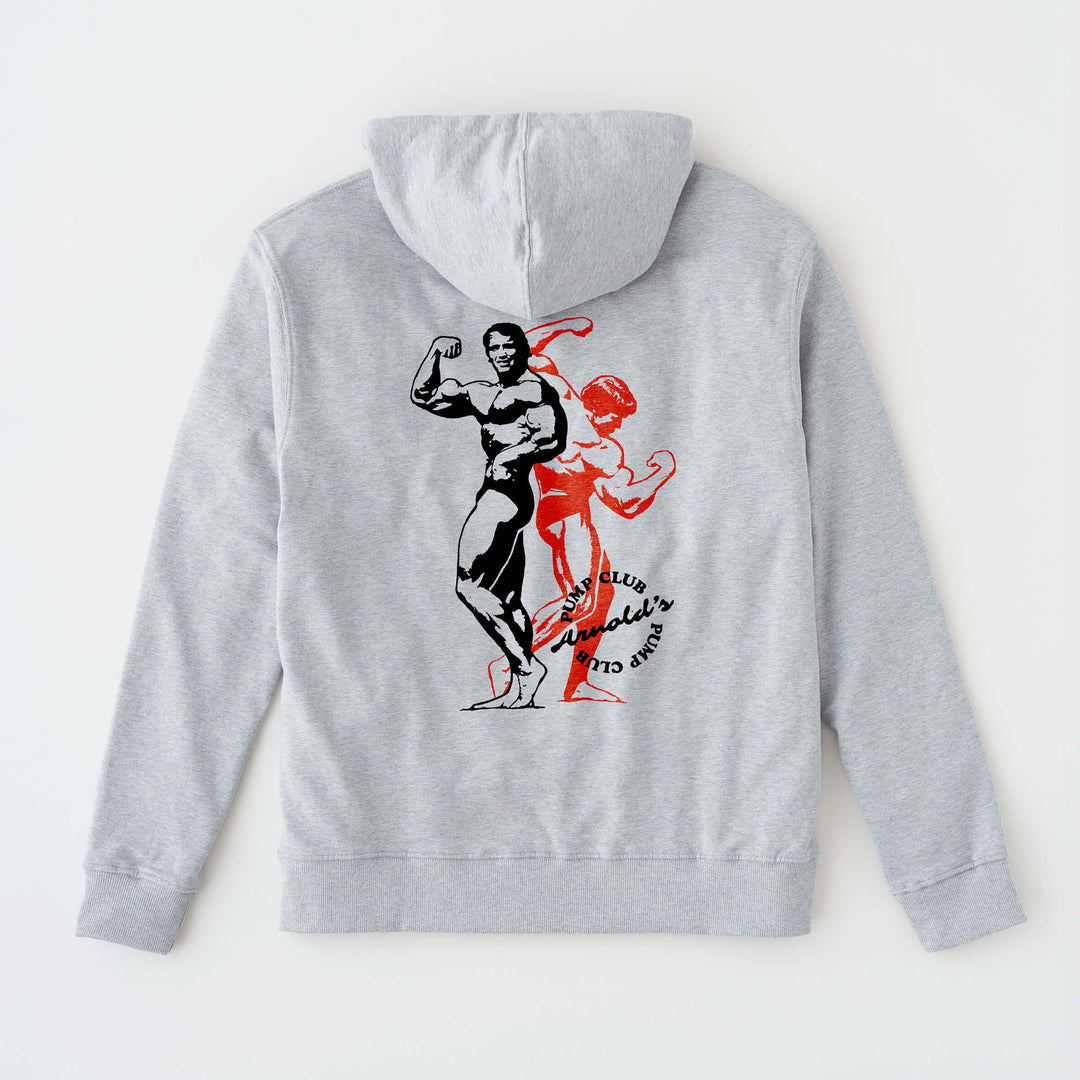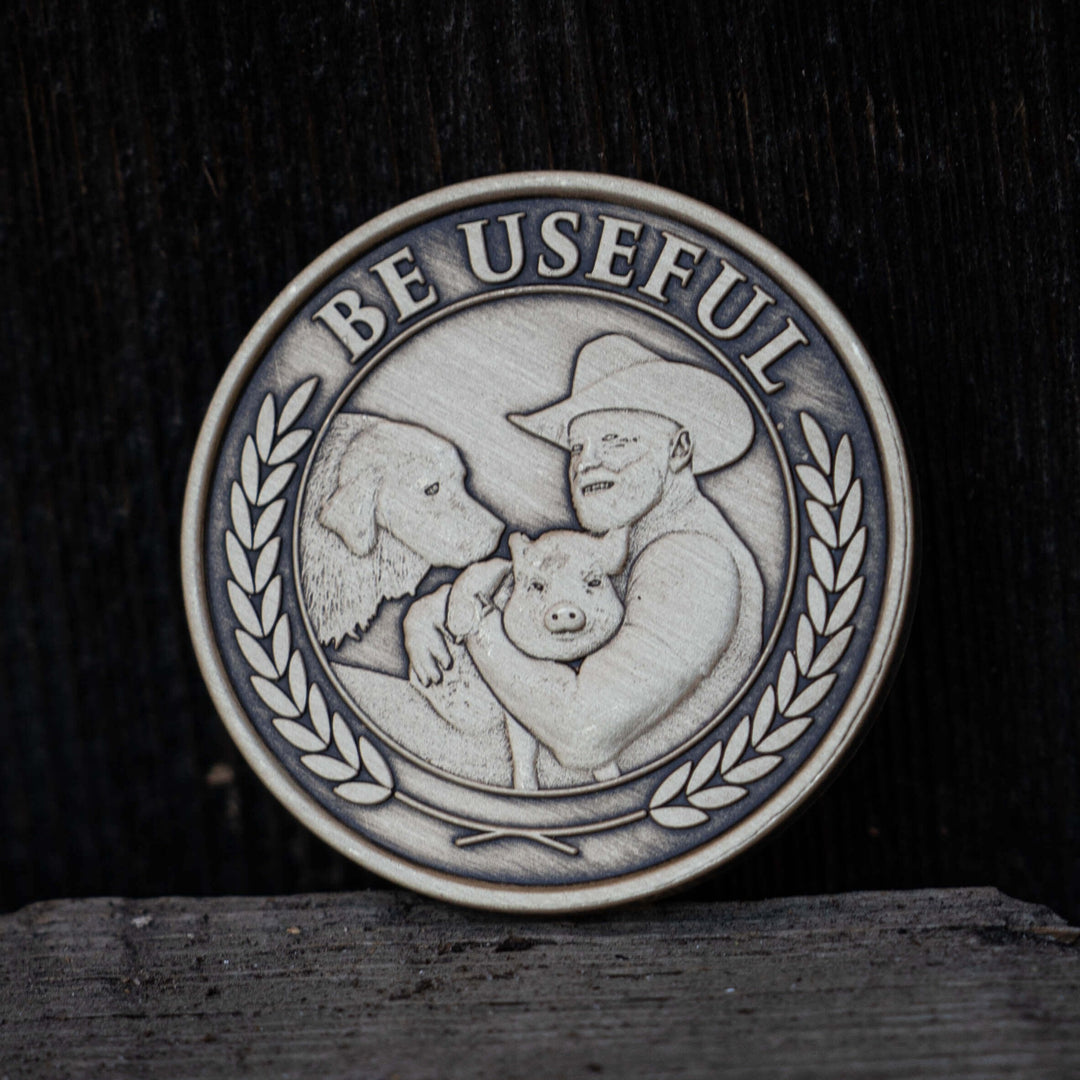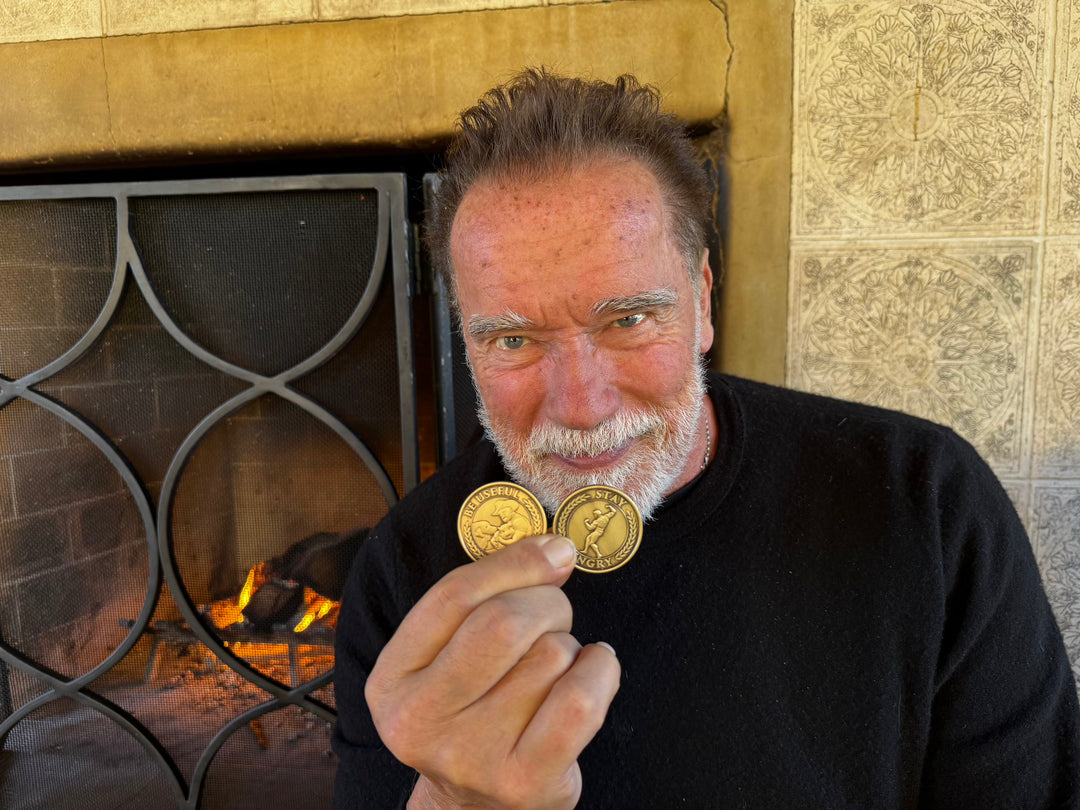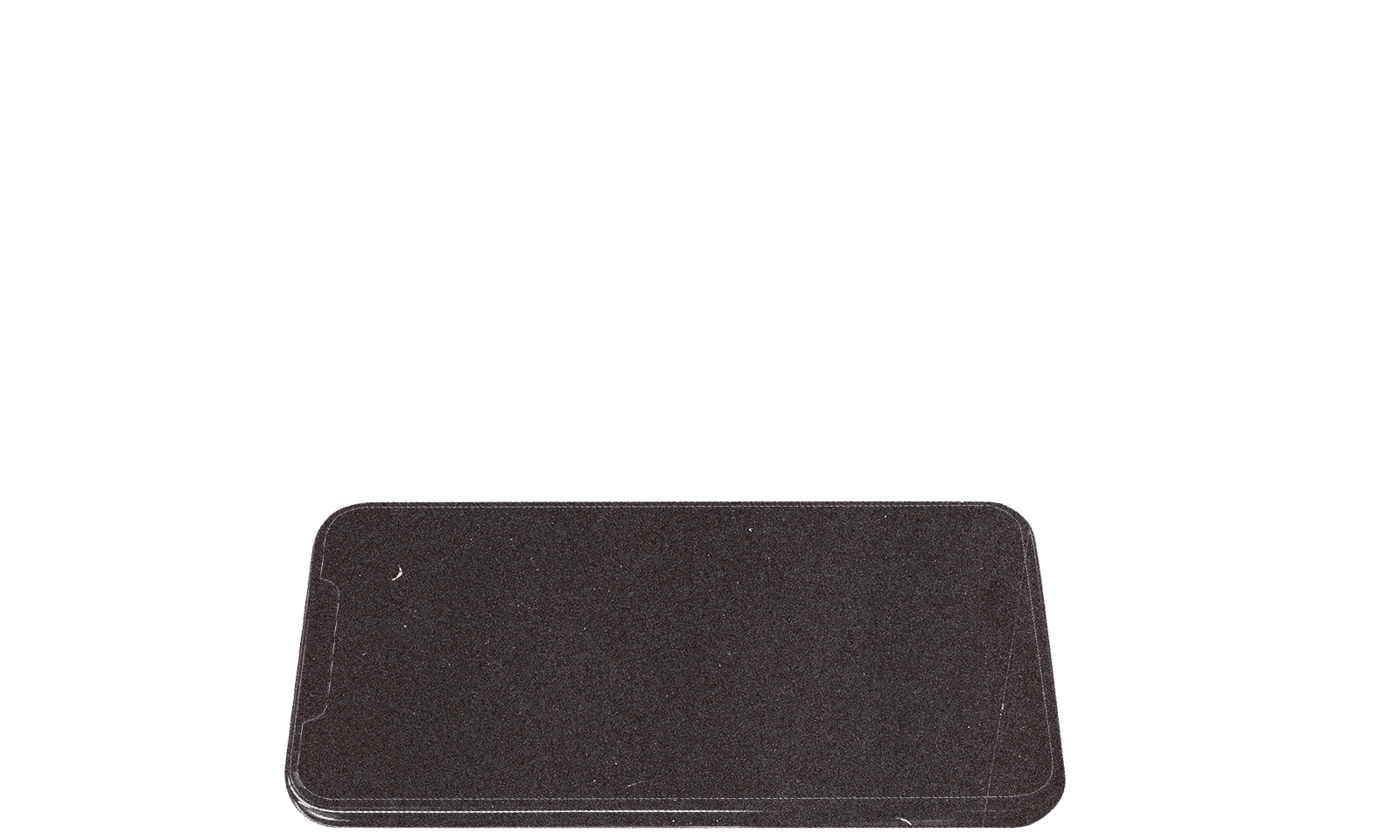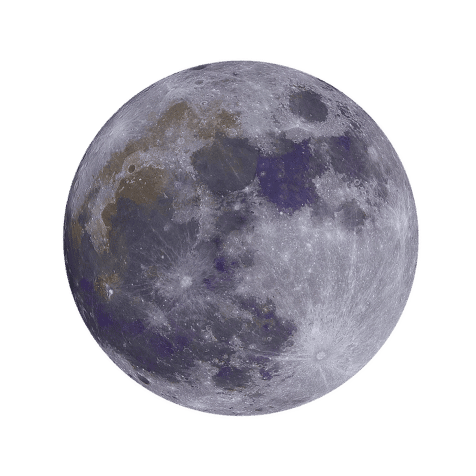Together With
Welcome to the positive corner of the internet. Every weekday, we make sense of the confusing world of wellness by analyzing the headlines, simplifying the latest research, and offering quick tips designed to make you healthier in less than 5 minutes. If you were forwarded this message, you can get the free daily email here.
Today’s Health Upgrade
Is your protein powder filled with toxins?
The nutrition easy button
How to protect against colon cancer
The life edit
Arnold’s Podcast
Want more stories from Arnold? Every day, Arnold’s Pump Club Podcast opens with a story, perspective, and wisdom from Arnold that you won’t find in the newsletter. And, you’ll hear a recap of the day’s items. You can subscribe on Apple, Spotify, Google, or wherever you listen to podcasts.
Deep Dive
The Truth About Protein Powders and Heavy Metals
Protein powders appear to be the safest supplement you could use. However, a recent report from the Clean Label Project has caused widespread panic.
The report suggests nearly half of the most popular protein powders tested contain heavy metals (like lead) at levels exceeding government safety regulations.
But everything is not as it appears.
We are not here to question the accuracy of the results, but it’s worth mentioning the report is not based on a published study and has not been peer-reviewed. The Clean Label Project analyzed 160 protein powders from 70 “top brands,” so there are some gaps in what we know (such as what brands they tested). Their results found that:
47% of products exceeded safety guidelines for heavy metals like lead and cadmium, but they were not the FDA safety guidelines.
Organic products had three times more lead and twice the cadmium than non-organic options.
Plant-based proteins contained three times more lead than whey-based alternatives, due to how plants absorb metals from the soil.
Chocolate-flavored powders had up to 110 times more cadmium than vanilla.
Despite these findings, experts agree that protein powders are unlikely to harm most people.
That’s because heavy metals exist naturally in soil, water, and food, meaning you’re exposed to small amounts daily, and your body can process and handle them up to a certain threshold.
It’s hard to say if the powders tested are dangerous because The Clean Label Project did not list the products they examined or share the level of heavy metals, so we don’t know how much risk they pose.
Most people don’t realize drinking water can contain more lead than protein powder. In fact, the Environmental Protection Agency (EPA) estimates that drinking water can make up 20 percent or more of a person's total exposure to lead. And because lead is an elemental metal found in the earth, trace amounts are also found in plants, fruits, and vegetables.
So, your goal isn’t to try and avoid all heavy metals but to reduce total exposure.
That’s why the latest study is a good reason to rethink your current protein powder, as most protein powders are not tested for heavy metals.
If you want a protein powder that is guaranteed to have lower amounts of lead and cadmium, then you should only purchase products that are NSF Certified For Sport or Informed Sport.
NSF Certified For Sport tests every batch to ensure no dangerous levels of metals like lead or cadmium. Our go-to certified protein is Momentous (they have whey and plant-based protein), which passes all the tests for purity, quality, and safety.
Other products might be cheaper, but that’s likely because they don’t spend on safety, purity, and active doses of ingredients that make a difference.
If you use a protein powder, you don’t need to fear all toxins because your body is built to handle them. Instead of avoiding everything toxic, be mindful of your overall exposure and try to purchase supplements that keep your safety in mind.
Together With Sweetgreen
What Would Nutrition Look Like If It Were Easy?
Eating healthy can feel hard — and sometimes even impossible. You’re overloaded with
influencers and experts suggesting you must count calories, restrict foods, and make every meal perfect. It’s natural to feel overwhelmed.
But here’s a game-changing question: If you want to eat better without the stress, ask yourself one question — What would this look like if it were easy?
For many, the answer is simple: meals you enjoy that taste great and provide the nutrition your body needs—without the stress. That’s where Sweetgreen comes in.
Sweetgreen’s limited-time January menu is packed with high-protein options that are thoughtfully sourced and seed oil-free. The star? Their creamy, cult favorite Green Goddess Ranch dressing is made every day with high-quality avocado oil. Every January menu option is chef-crafted, featuring:
Quality proteins like grass-fed pasture-raised steak and perfectly seasoned blackened chicken to keep you fueled and energized.
Seed oil-free options with all proteins, veggies and grains cooked in olive oil or avocado oil, for flavor and quality.
Meals that feel indulgent — like the BBQ Chicken + Ranch Plate (39 grams of protein) and The Blackened Chicken + Ranch Bowl (35 grams of protein) — and are still loaded with the quality nutrition you desire.
What’s even better? Sweetgreen’s customizable menu means you can build a meal that fits your goals and cravings. Add roasted almonds for crunch, quinoa for sustained energy, or a crispy green base for that satisfying bite.
Eating well doesn’t have to be complicated. Let Sweetgreen show you how easy (and delicious) it can be. Ready to take the stress out of your next meal? Find your Sweetgreen today.
Health
The Diet Changes That Help Prevent Colorectal Cancer
The headlines say that colon cancer is increasing in young people. But the science says you have much more control over the outcome than you might think.
New research from the UK suggests that dietary choices play a significant role in reducing the risk of colorectal cancer—and you might be surprised by what can help protect your body.
In this massive study, researchers tracked more than 540,000 people over 16 years and investigated how diet-wide patterns, including specific food groups, influenced cancer risk.
Maybe not so surprisingly, eating more fiber and reducing processed meat consumption helped lower the risk of colorectal cancer.
But here’s what you might find interesting: drinking the equivalent of a glass of milk every day (or taking about 300 mg of calcium) could reduce your risk by nearly 20 percent.
The researchers speculate that calcium binds to acids in your colon, which can reduce the carcinogenic effect.
The next biggest protective measure was reducing alcohol. An additional glass of wine each day was associated with nearly a 15 percent increase in risk.
If you want to eat for longevity, it doesn’t have to be complicated or overly restrictive. Start by adding more fiber-rich foods like whole grains, legumes, fruits, and vegetables to your meals. Swap processed meats for leaner cuts with less saturated fat or enjoy more fish or plant-based protein options like beans or lentils. You don’t have to cut out sugary treats, but instead, make them an occasional indulgence, not a daily habit.
Colorectal cancer is one of the most preventable cancers. Your plate can be your first line of defense—one bite at a time.
If you want a little colorectal cancer prevention cheat sheet, it would look something like this:
More fiber and whole grains
Plants (fruits and vegetables)
Minimal processed meats
Reduced refined sugar
No alcohol
Adam’s Corner
The Life Edit
We are obsessed with addition.
To improve, we think we need more — more tasks, more goals, more exercises, more supplements.
But when did you last try to solve your problems by doing less?
It’s a lesson I learned years ago as a young editor. Back when I worked at Men’s Health, I suffered from a case of more.
Whenever I wanted to improve an article, I thought about what to add. And each time I submitted it to my top editor, they would cut 25 percent and make my work 200 percent better.
This was reinforced when I read Subtract: The Untapped Science of Less. In the book, author Leidy Klotz reveals why we’re hardwired to keep adding and how learning to subtract can help us live healthier, more fulfilling lives.
The key to improvement is knowing when to subtract what you don’t need.
Klotz explains that our tendency to add comes from our evolutionary past, where accumulating resources increased survival chances.
But in today’s world, more isn’t always better. Constantly adding more—whether it’s tasks, possessions, or commitments—can lead to stress, burnout, and diminished well-being.
If you need proof, look at the world of diets. Eating well and including nutritious foods in your diet is important.
But if you follow a diet with so many rules that you stress everything you put in your mouth and have anticipatory stress before every meal and after every indulgence, it’s safe to ask — is this really healthy?
That realization that diets cause more mental stress than physical benefit is the backbone of You Can’t Screw This Up.
Diets create rules and scapegoats; they create a construct where you’re led to believe complicated plans result in better results. In reality, you want something simpler and more flexible that allows the diet to adapt to the life you want — not a life that adapts to the made-up rules of a diet.
If you feel burdened by a life of addition, maybe it’s time to see what it feels like to remove the unnecessary.
I’ve found peace in editing my life and cutting the 25 percent that makes my life 200 percent better.
And that often means cutting habits, behaviors, or people who used to serve you — but now they no longer have the same value.
I’ve cut out people who weigh down myself or my family. I’ve eliminated supplements that didn’t add noticeable benefits. I changed how I exercise to create more time in my day.
The key with addition by subtraction is understanding it’s not a black-and-white approach; it’s about finding the minimum effective dose of what delivers your desired outcomes and having a good sense of where you want to invest more of your time and energy.
This doesn’t have to be a complex or formal process. You can start by looking at parts of your life that feel bloated. Whether decluttering your space, simplifying your routine, or letting go of unnecessary commitments, subtraction can be the key to clarity and well-being.
If you’re looking for a place to start, ask what you’re afraid to remove. If you’re willing to take a step back and be honest, the first things to subtract become apparent — but the friction you feel is the fear or discomfort of doing something different or new.
But you know what’s harder? Doing more and still being unhappy with where you’re at. The choice is yours, but like writing, a little less can make your life a lot better. -AB
—
Publisher: Arnold Schwarzenegger
Editors-in-chief: Adam Bornstein and Daniel Ketchell


